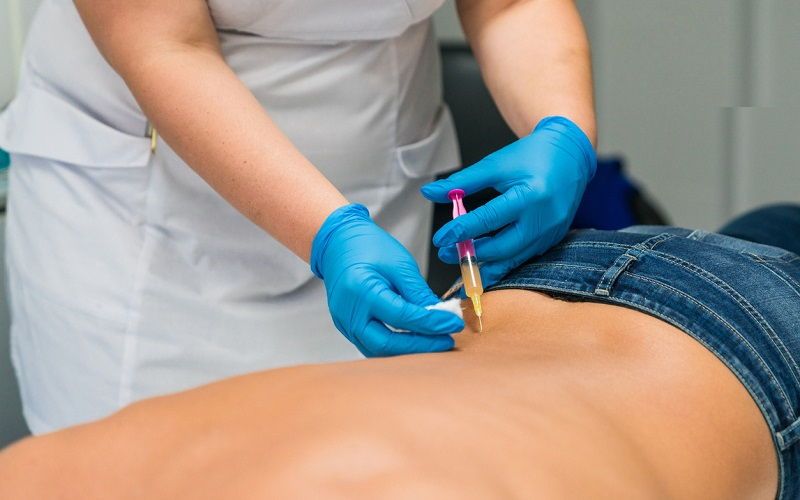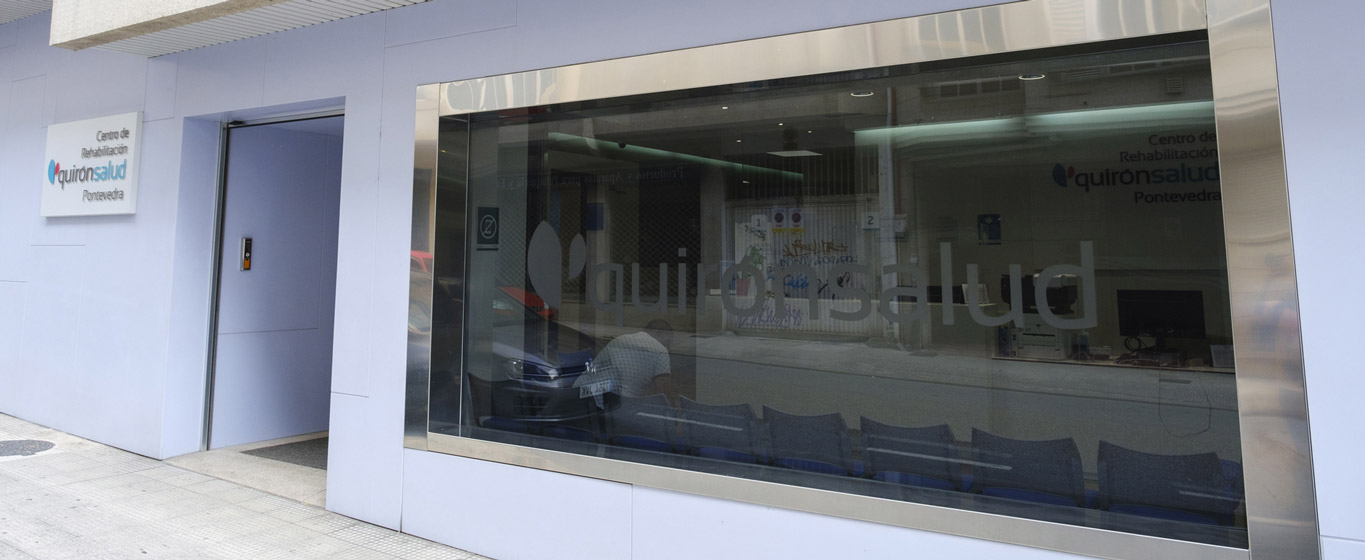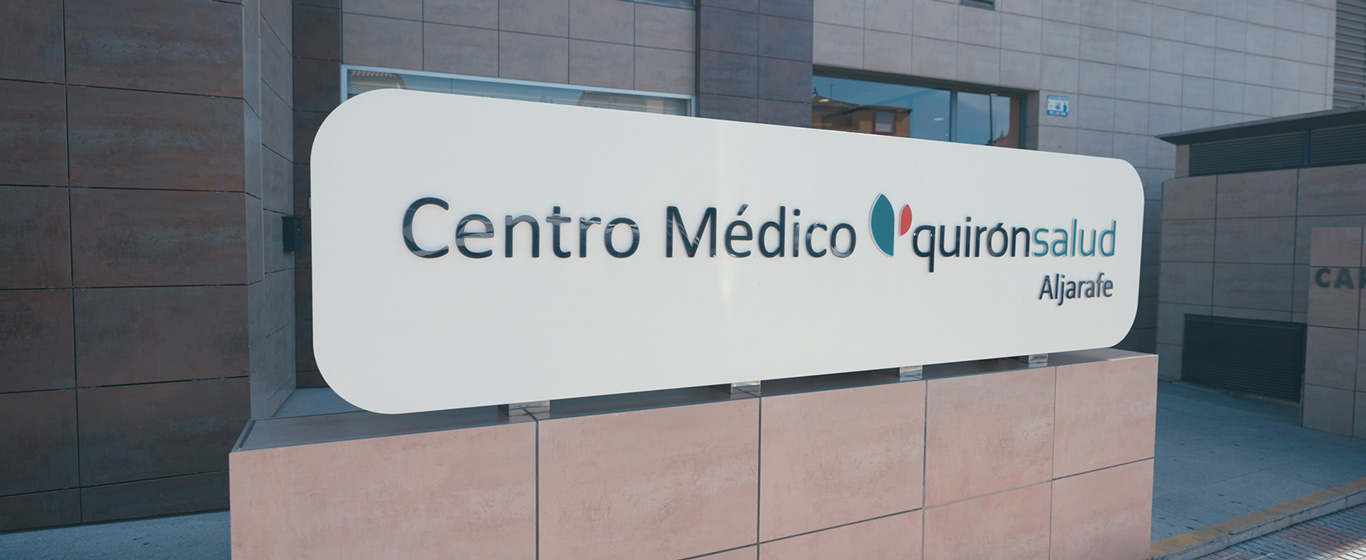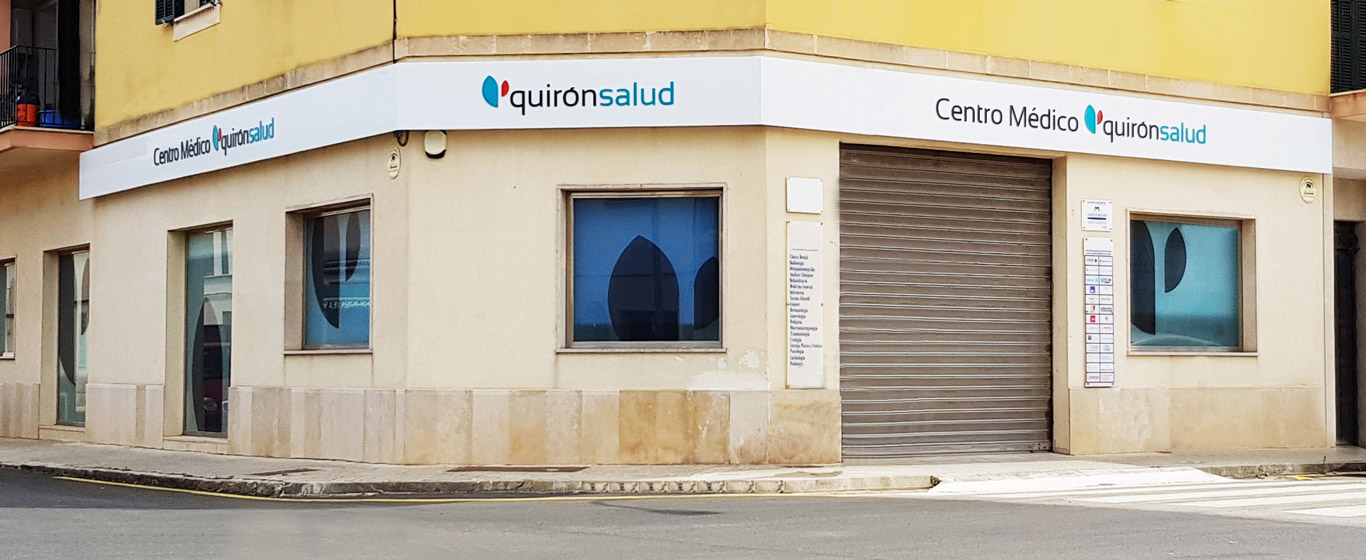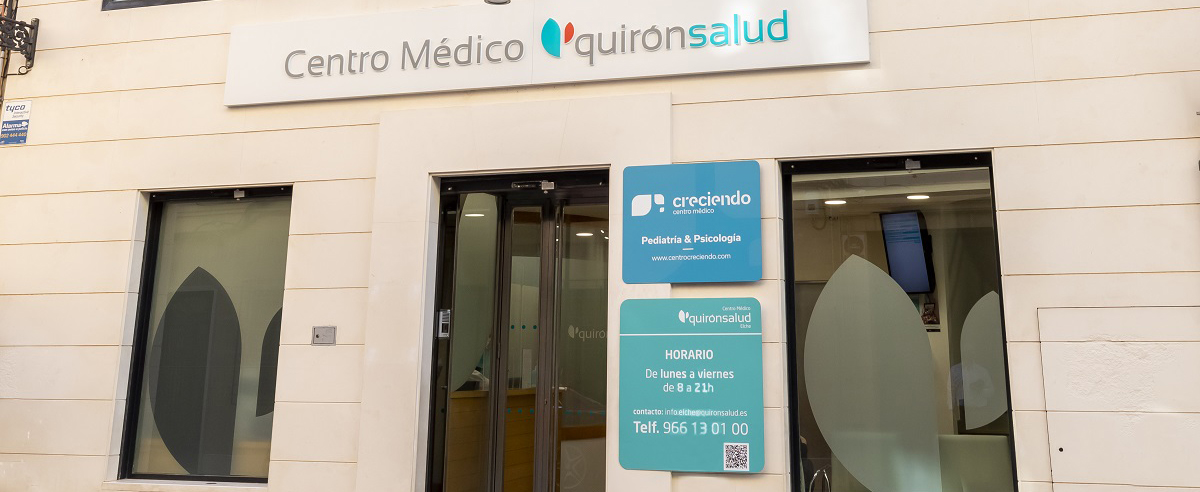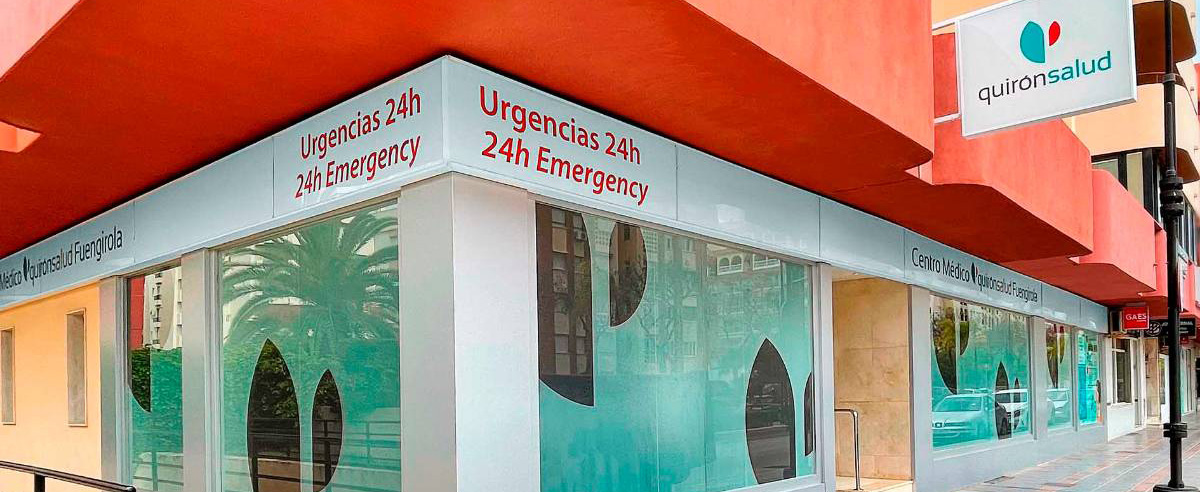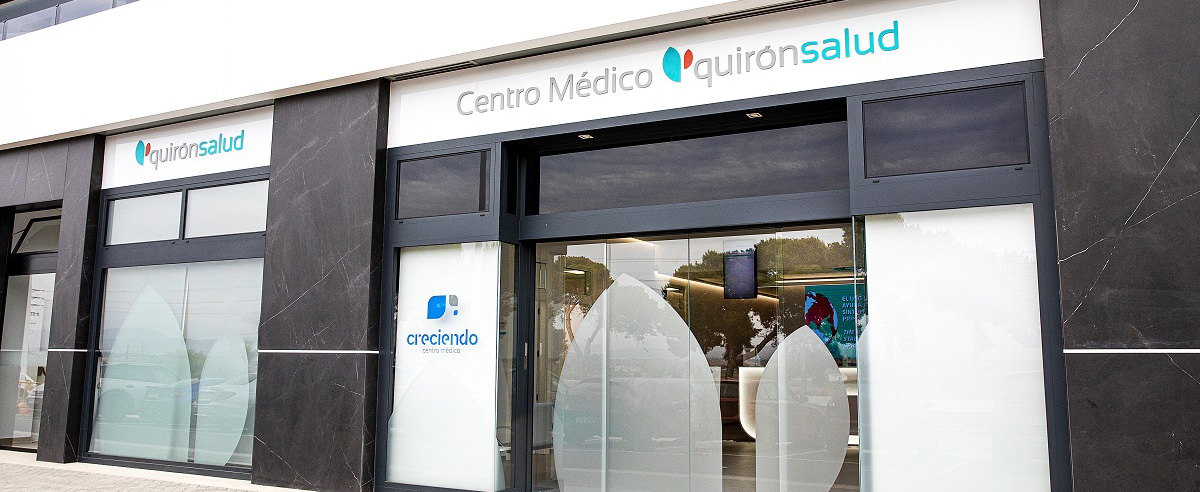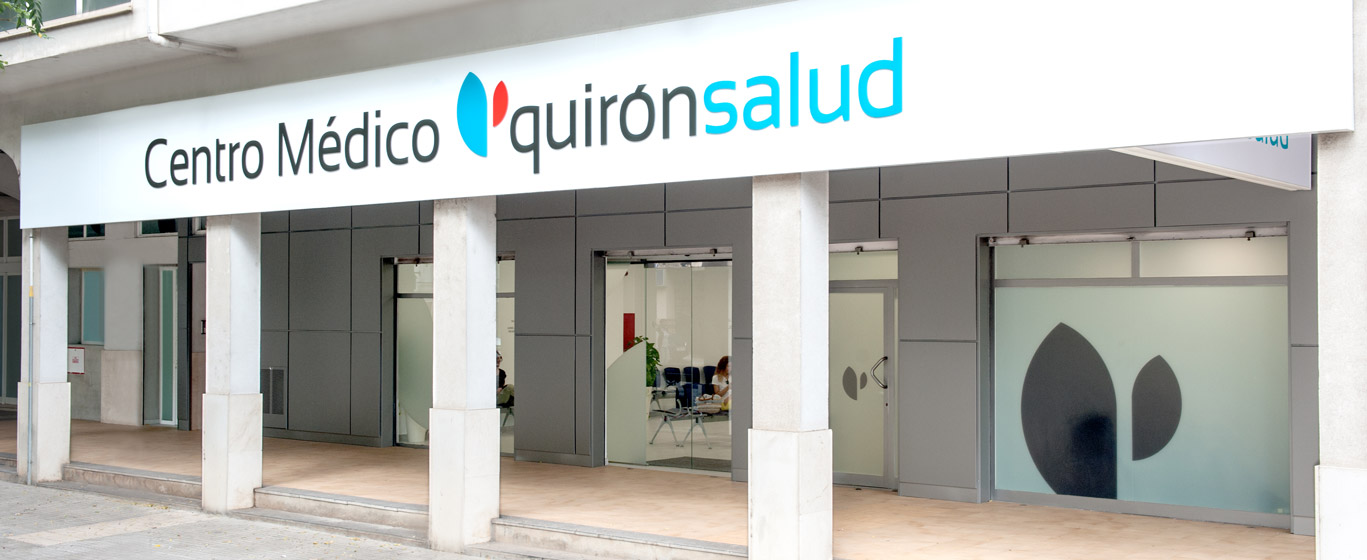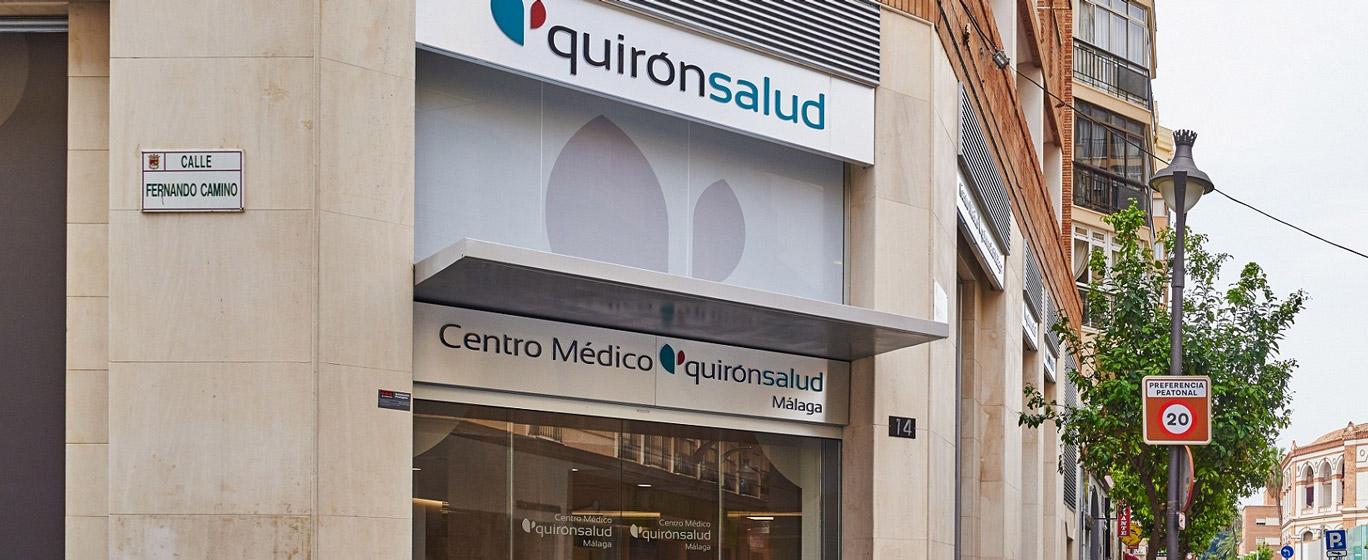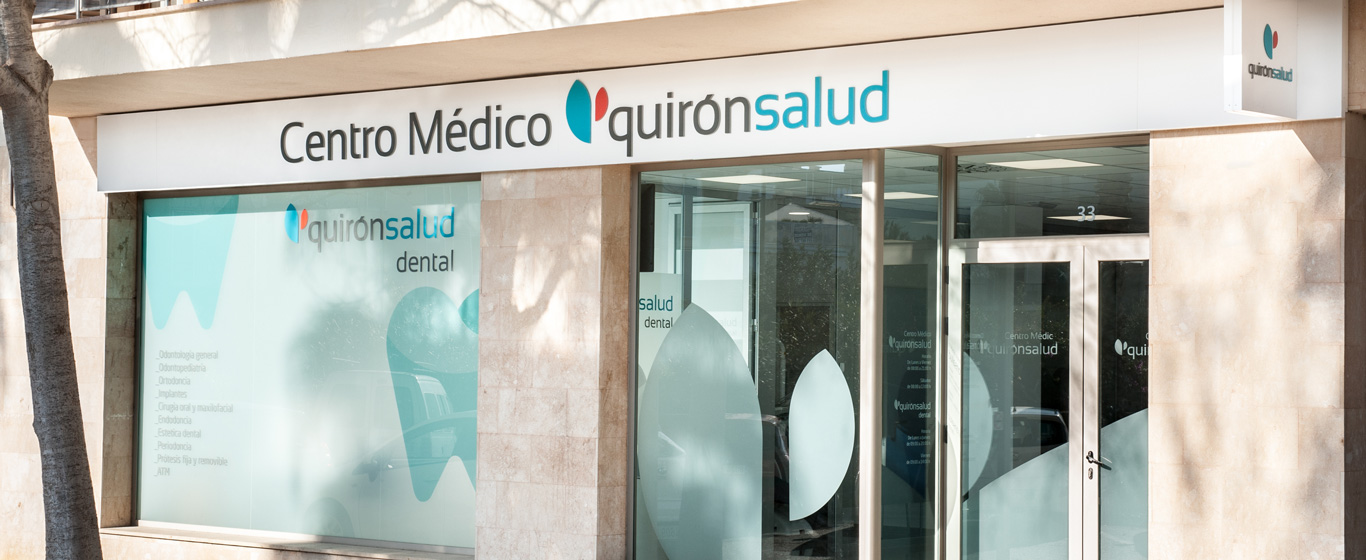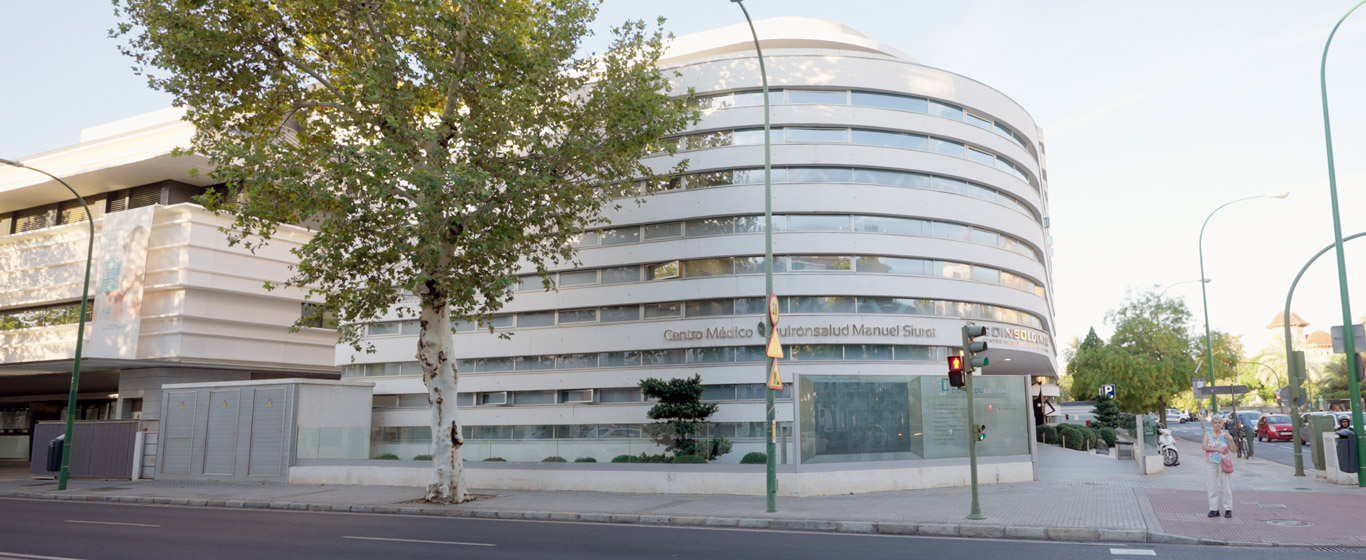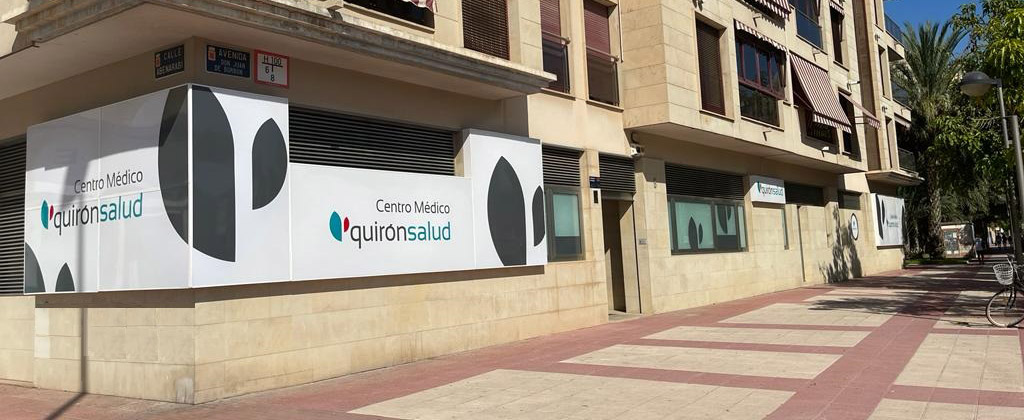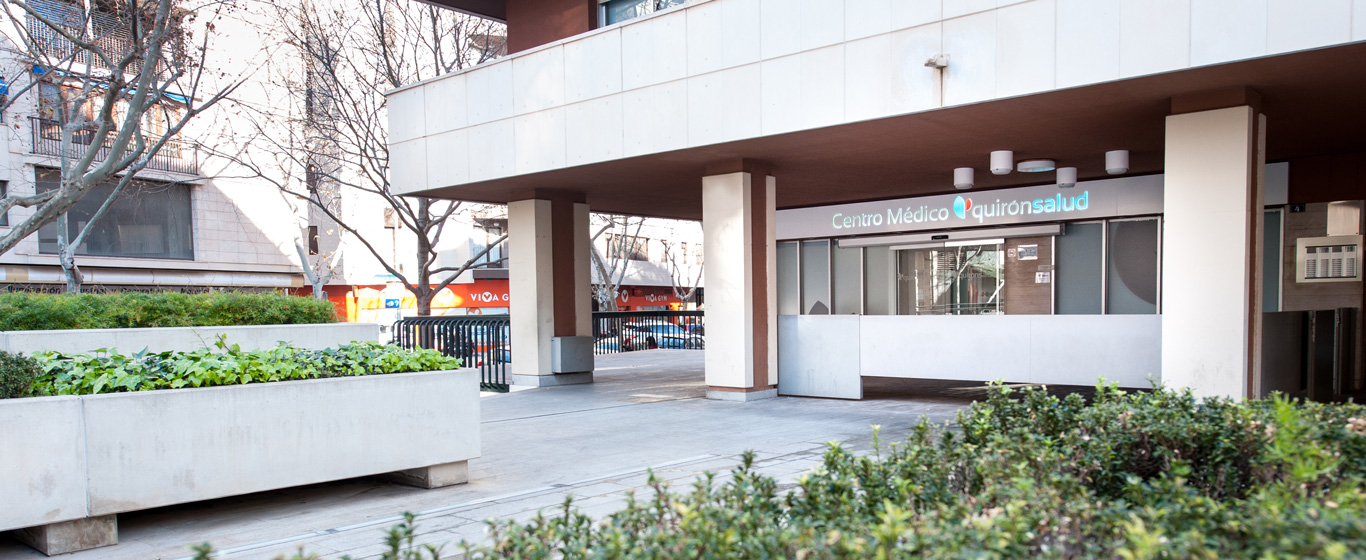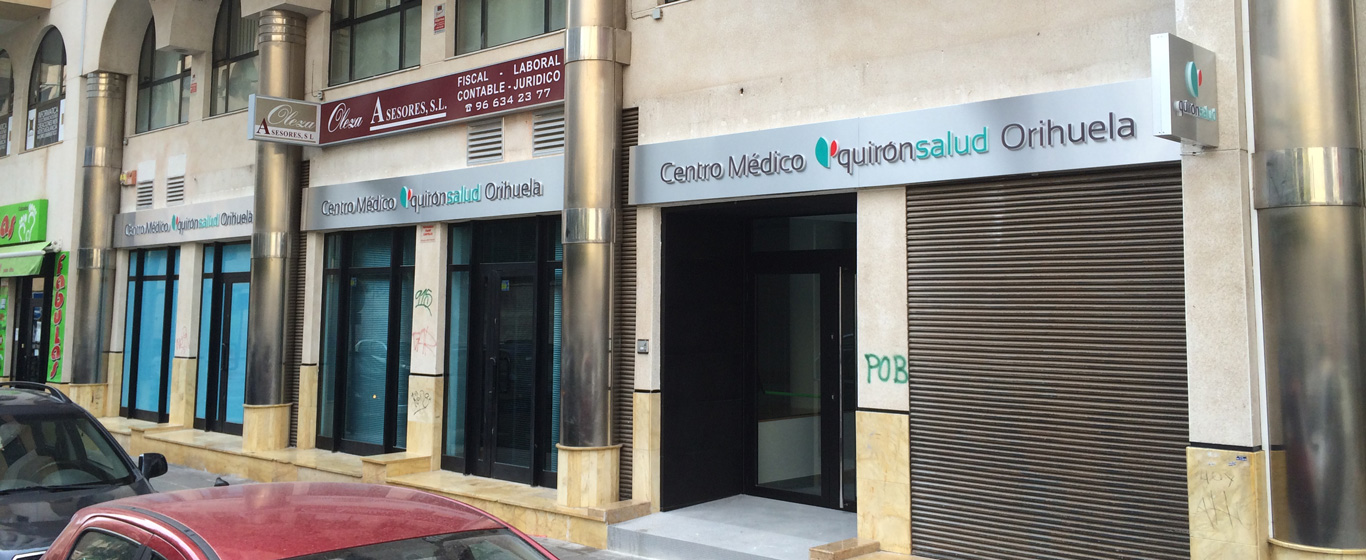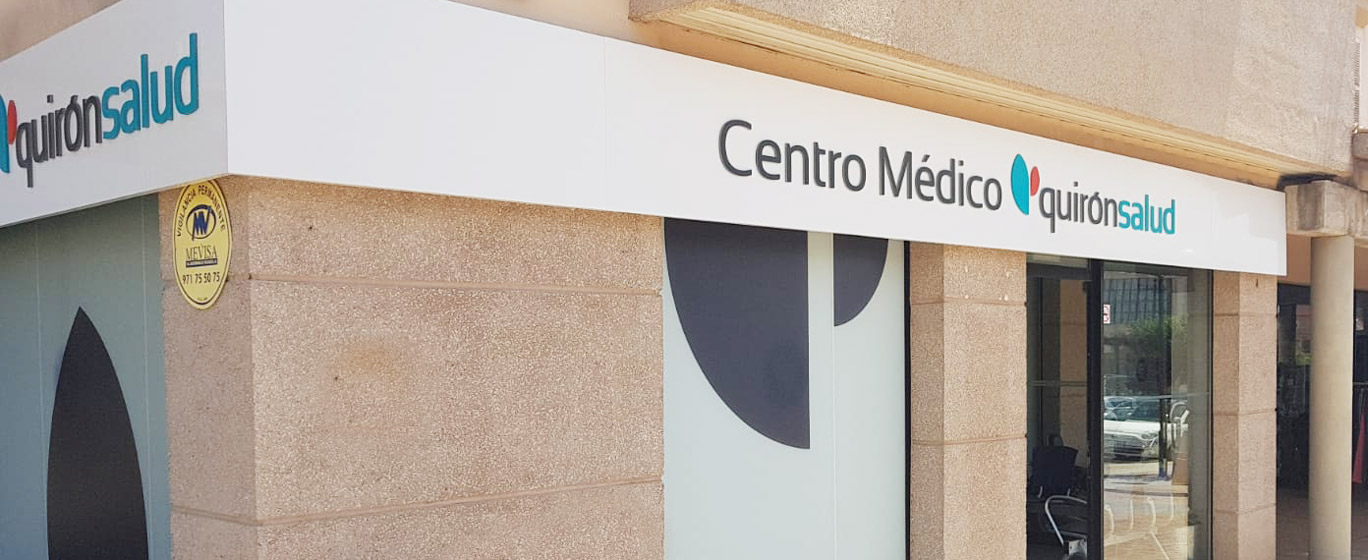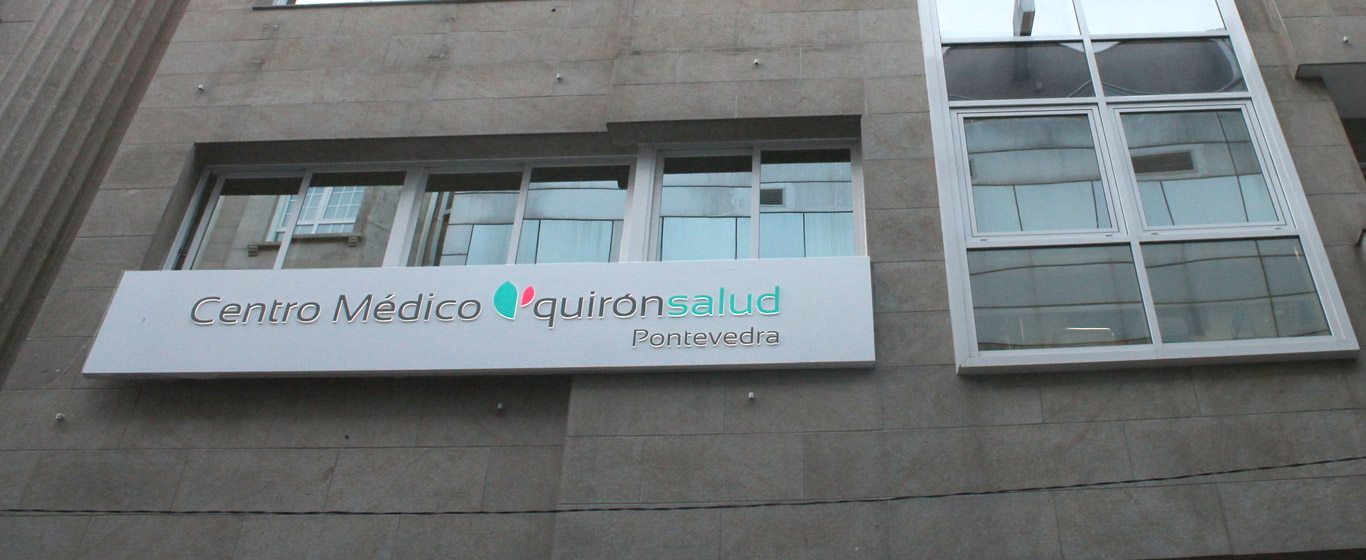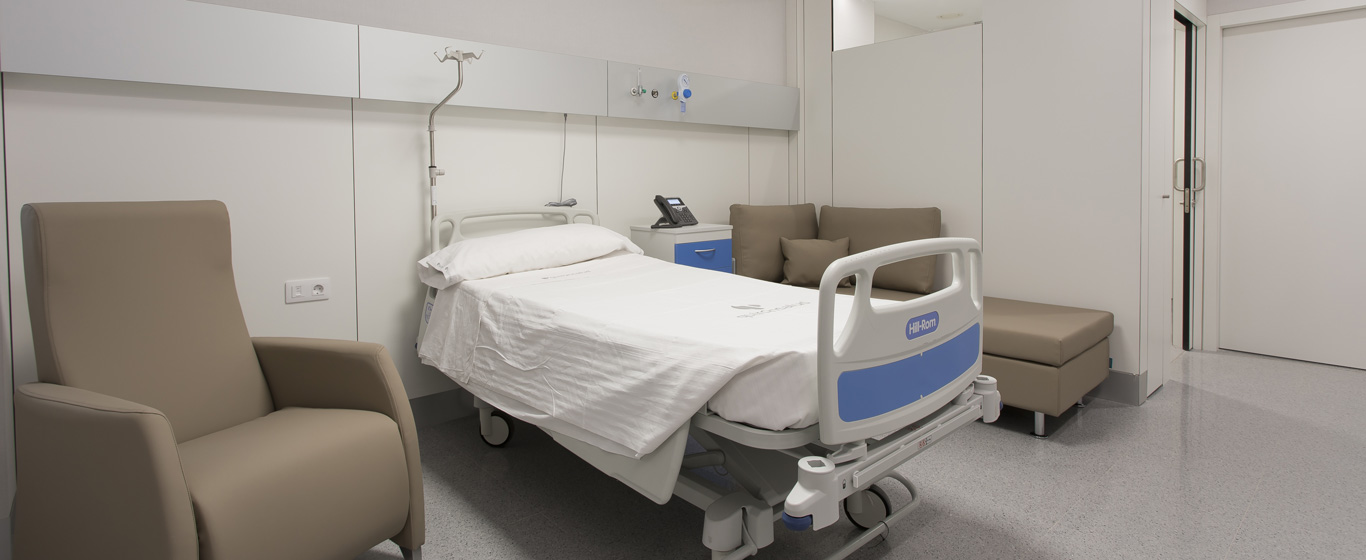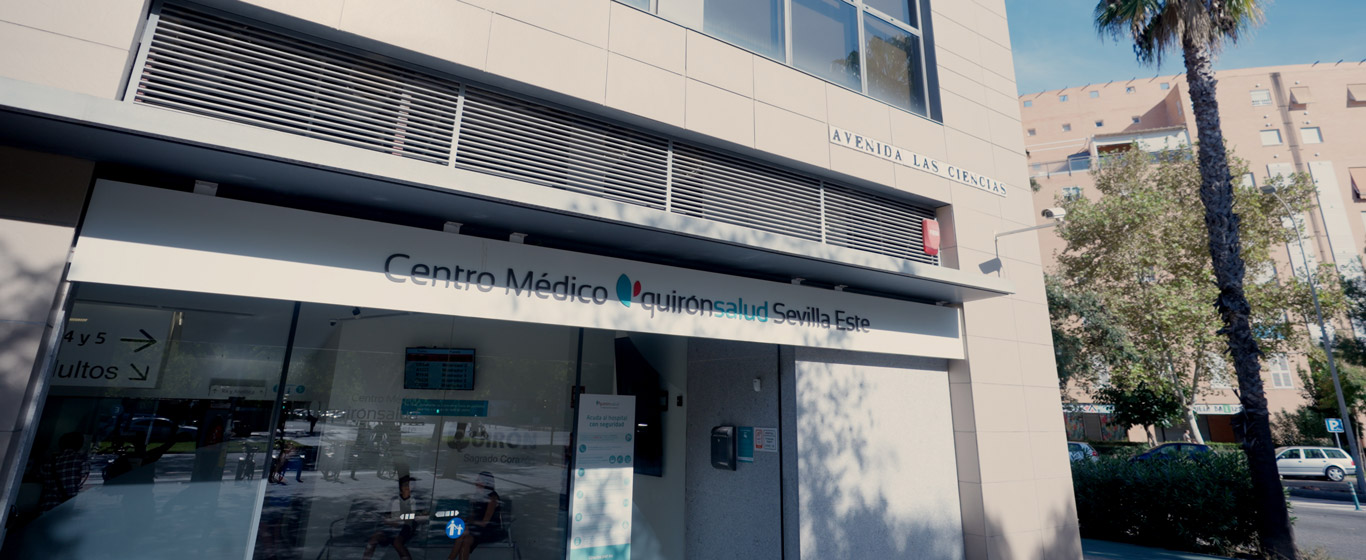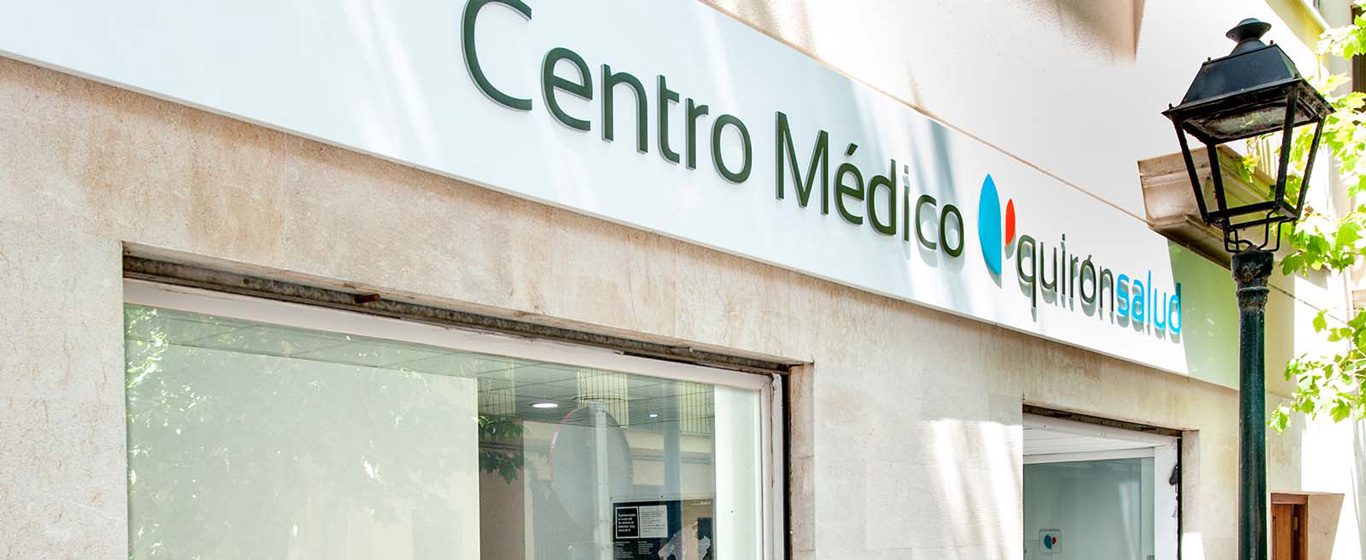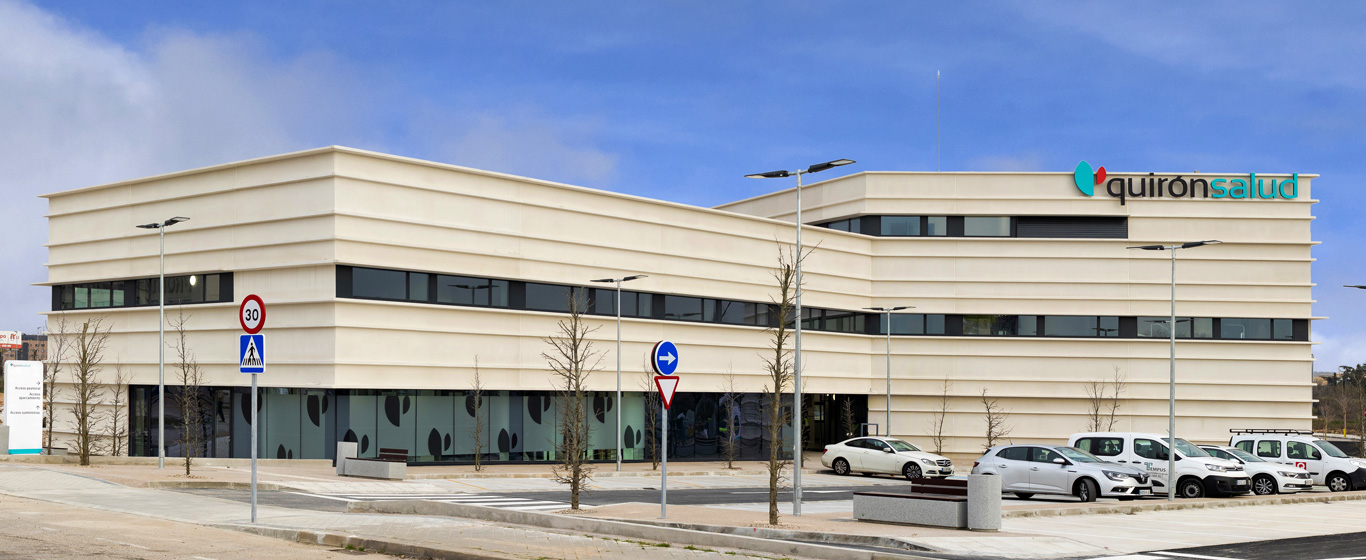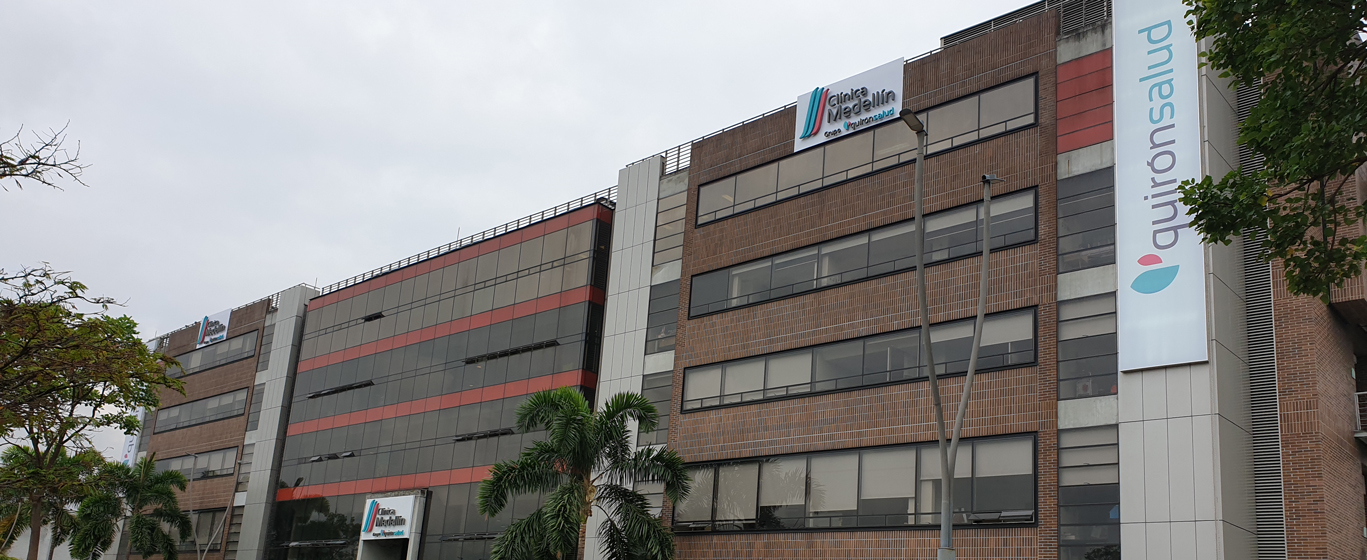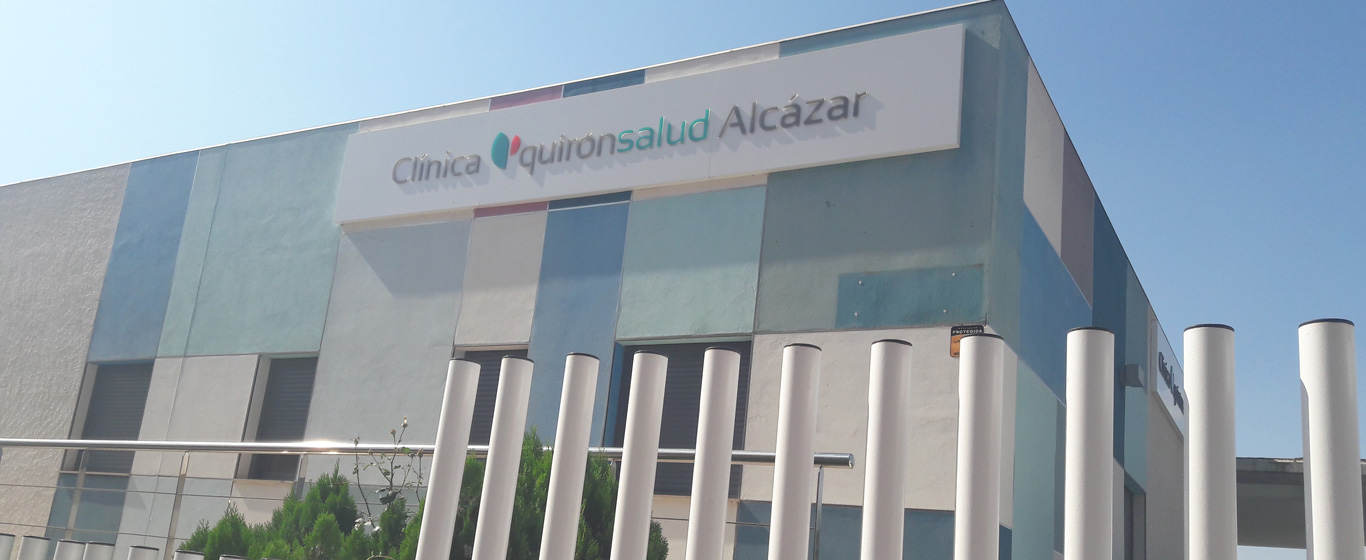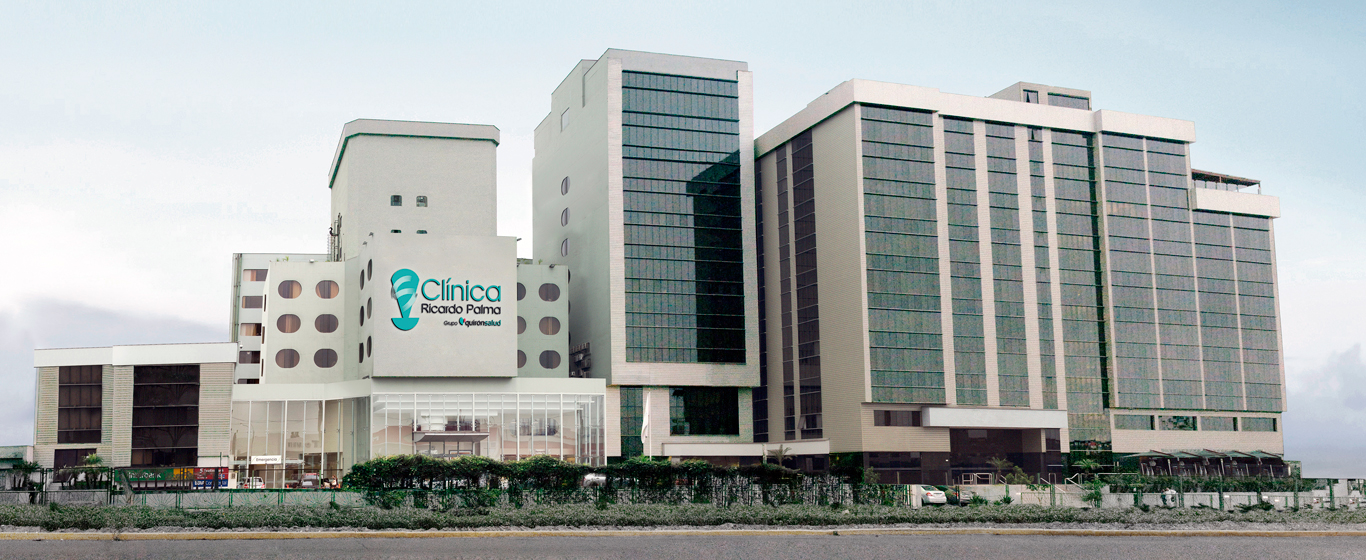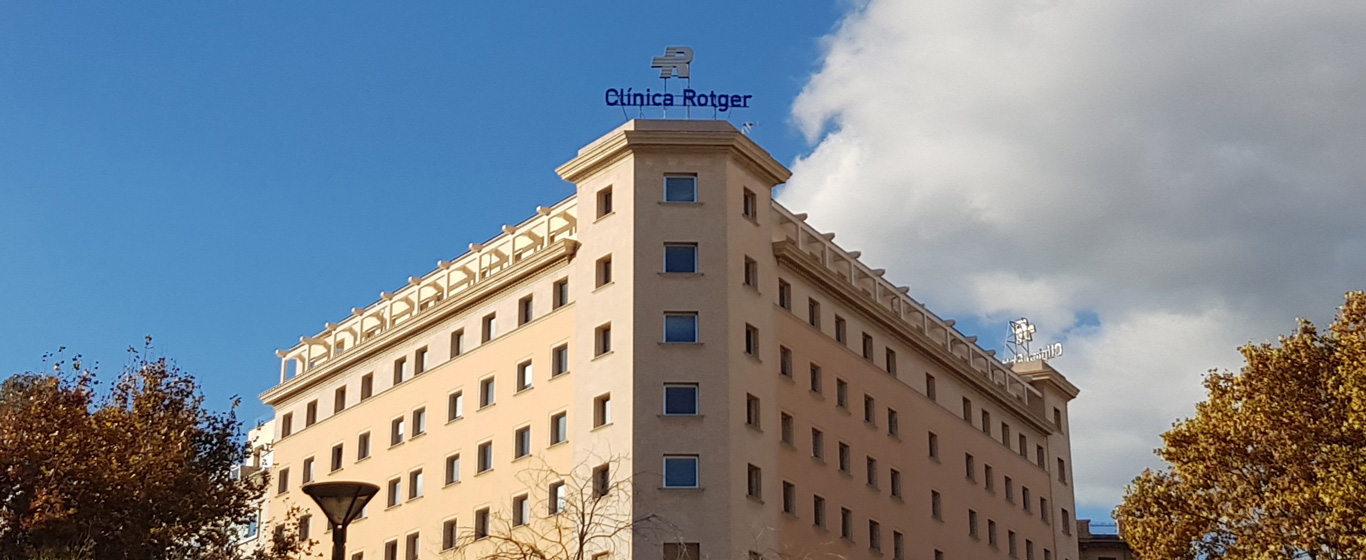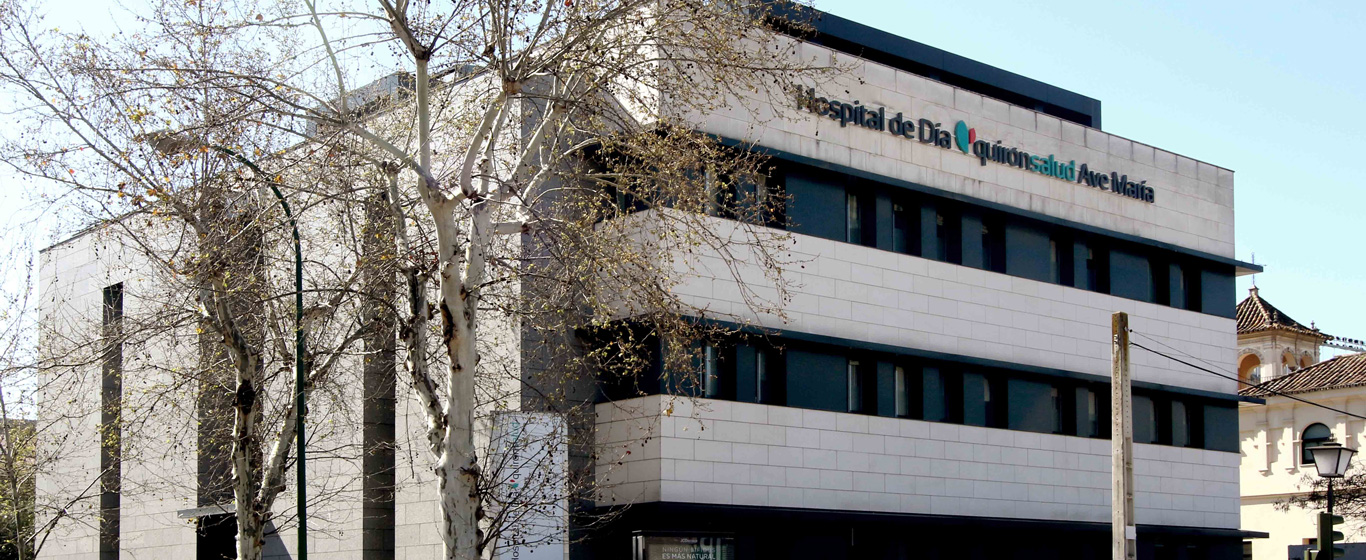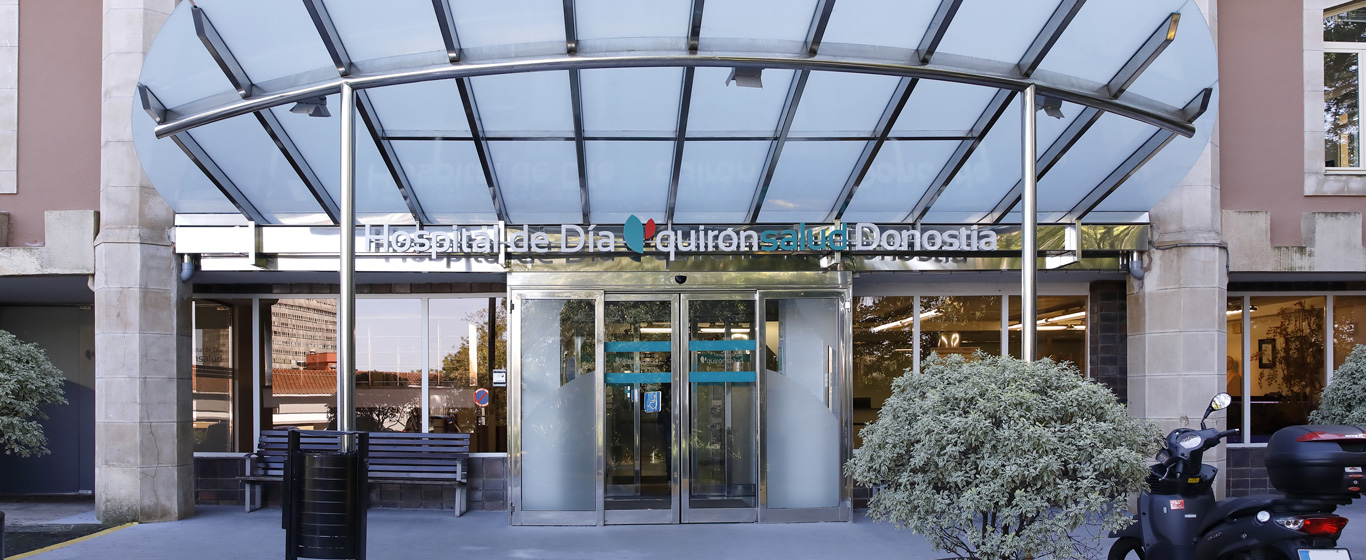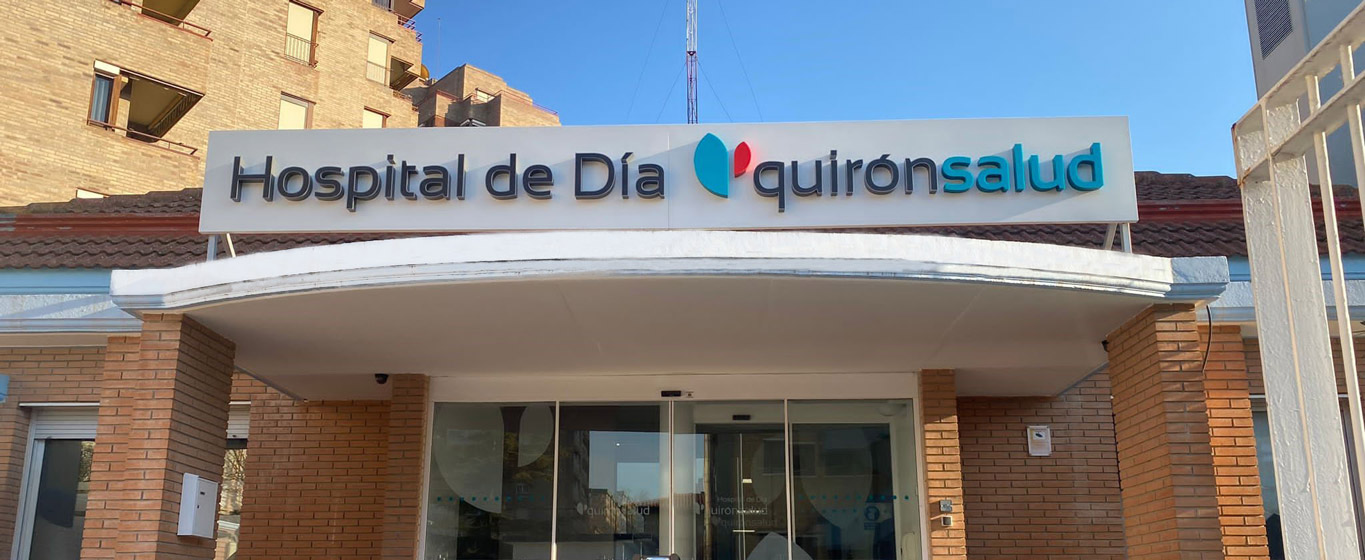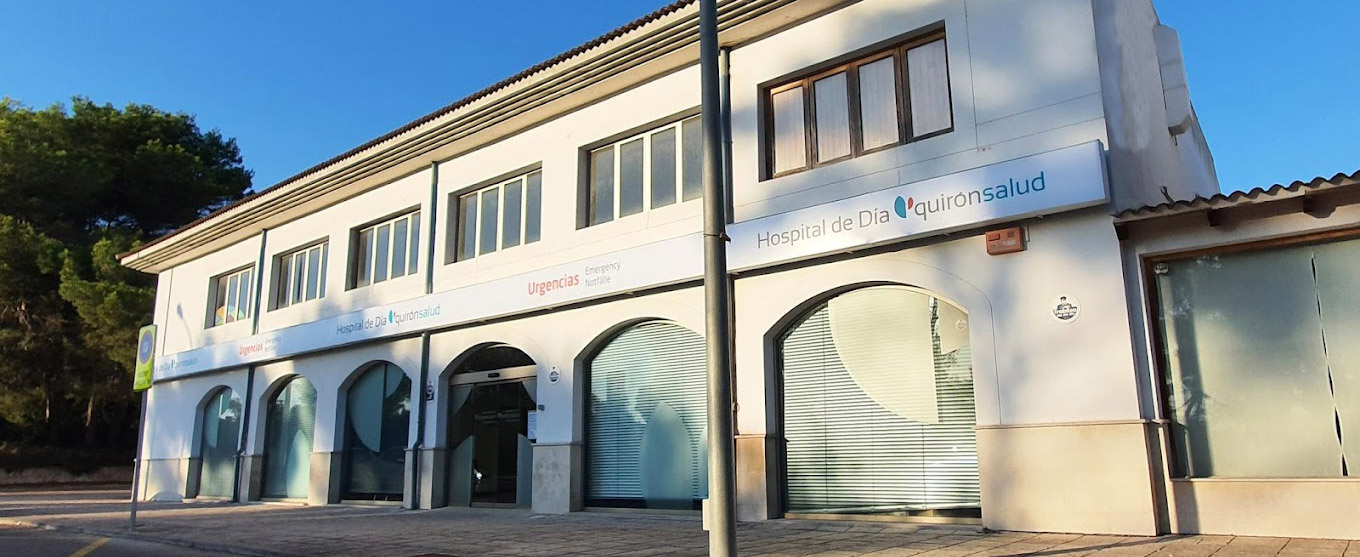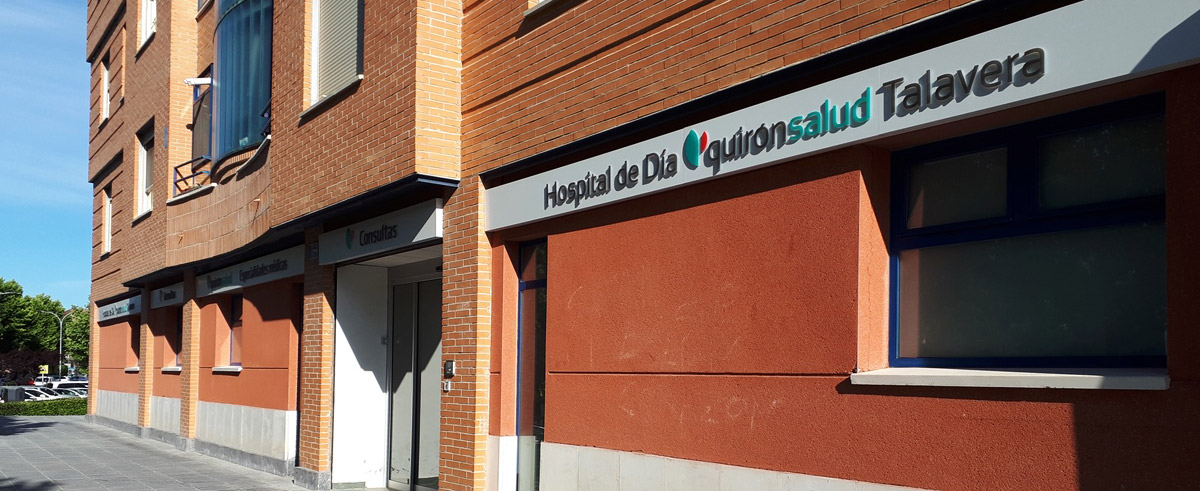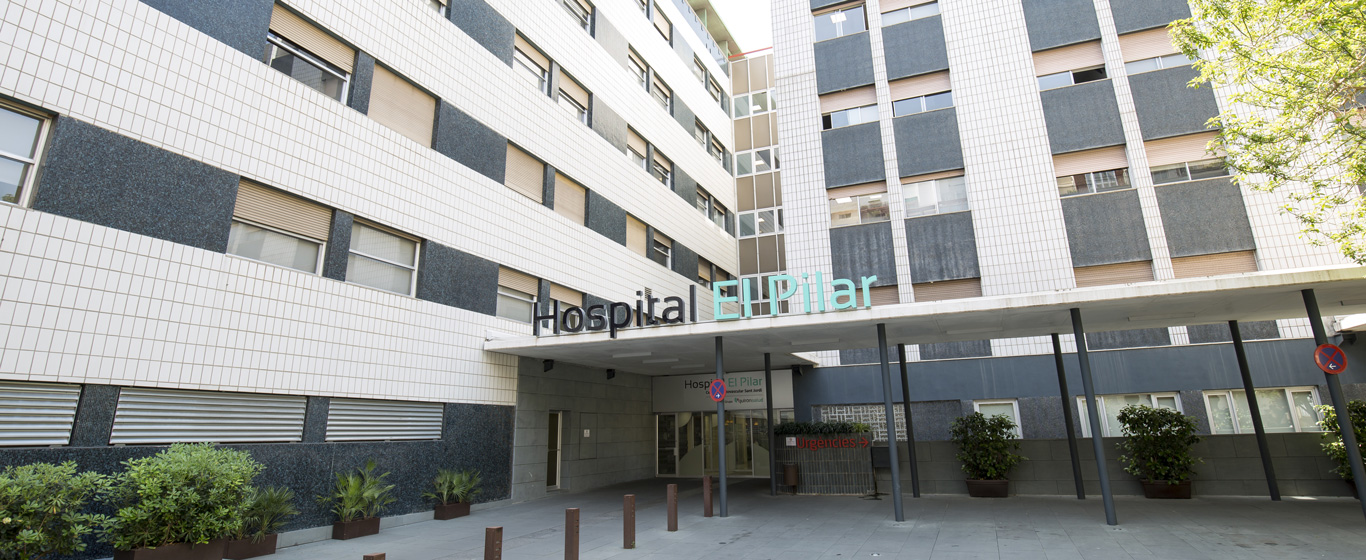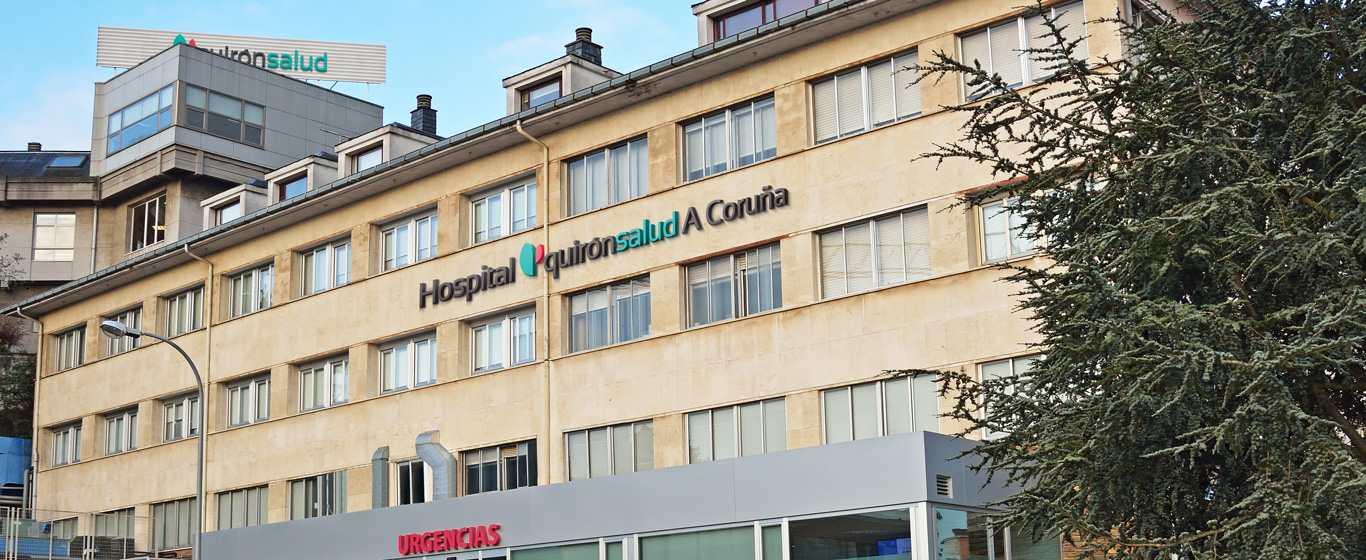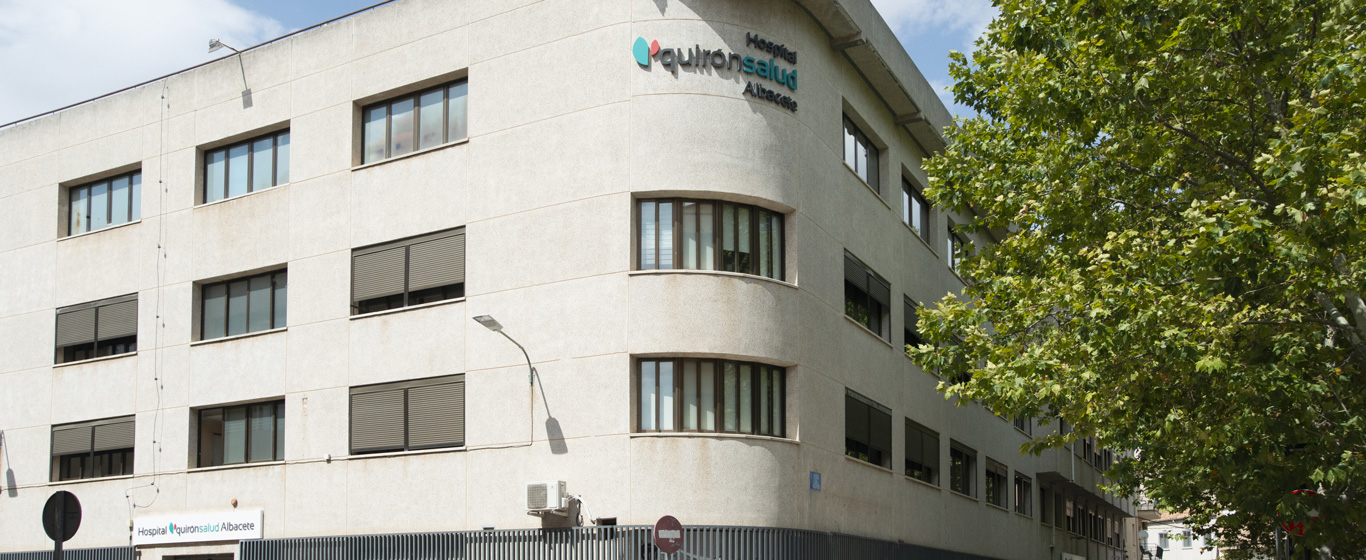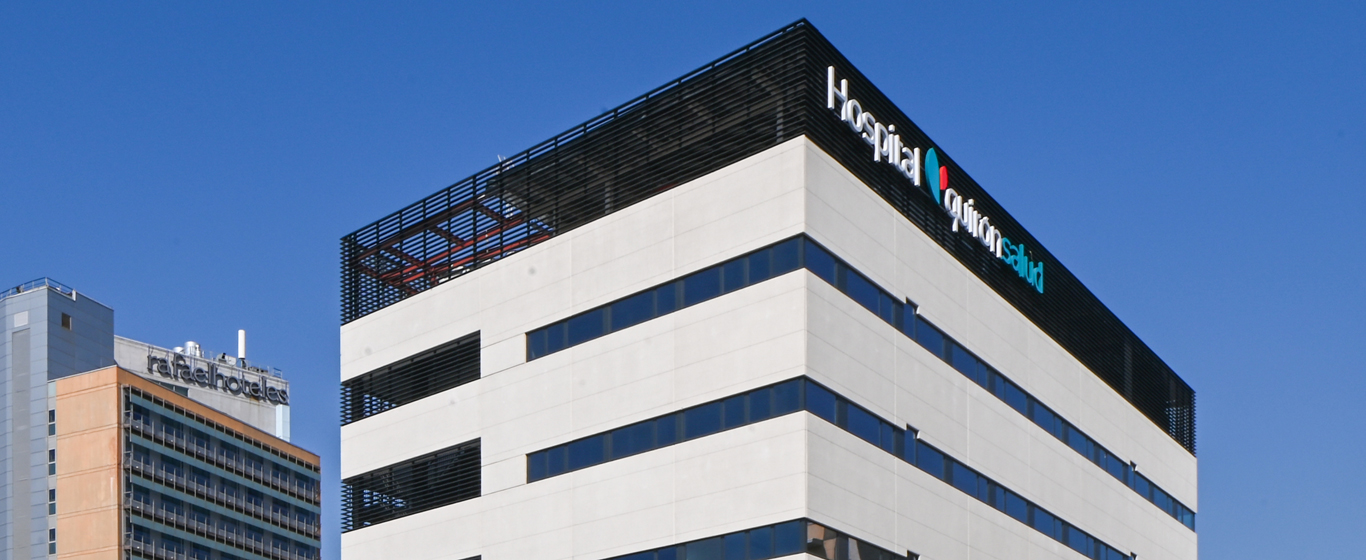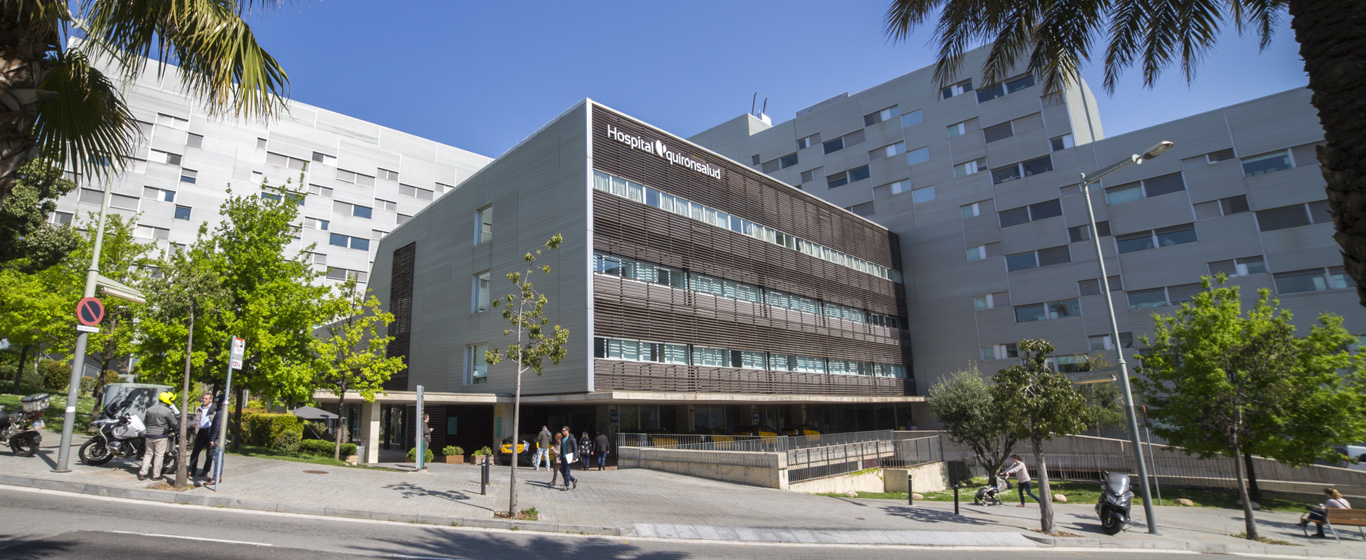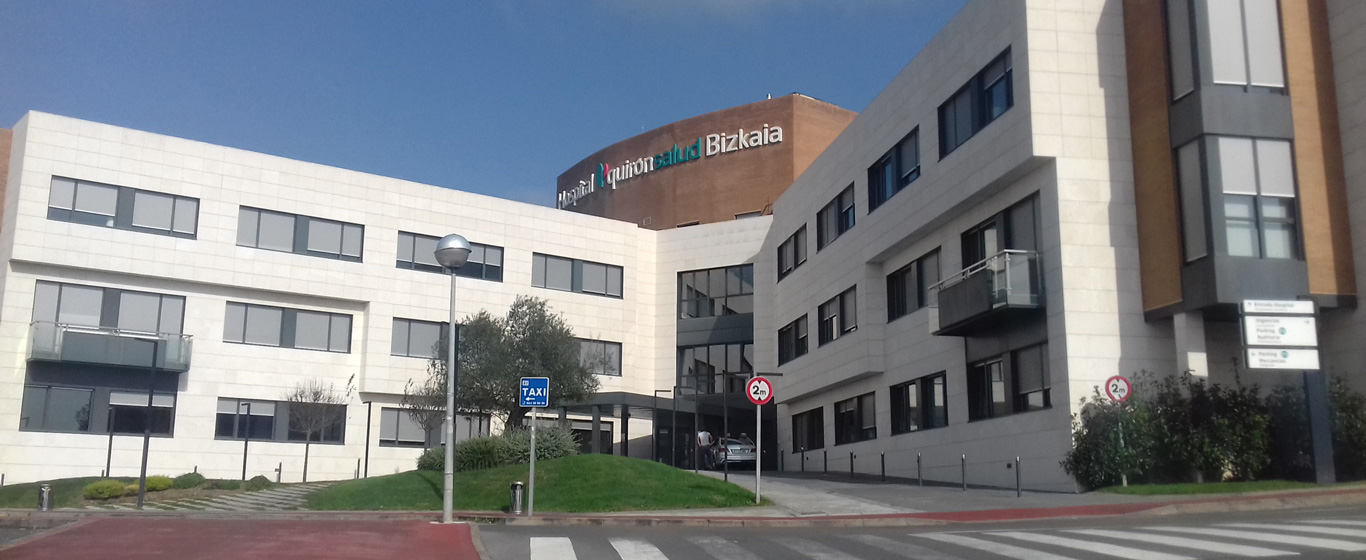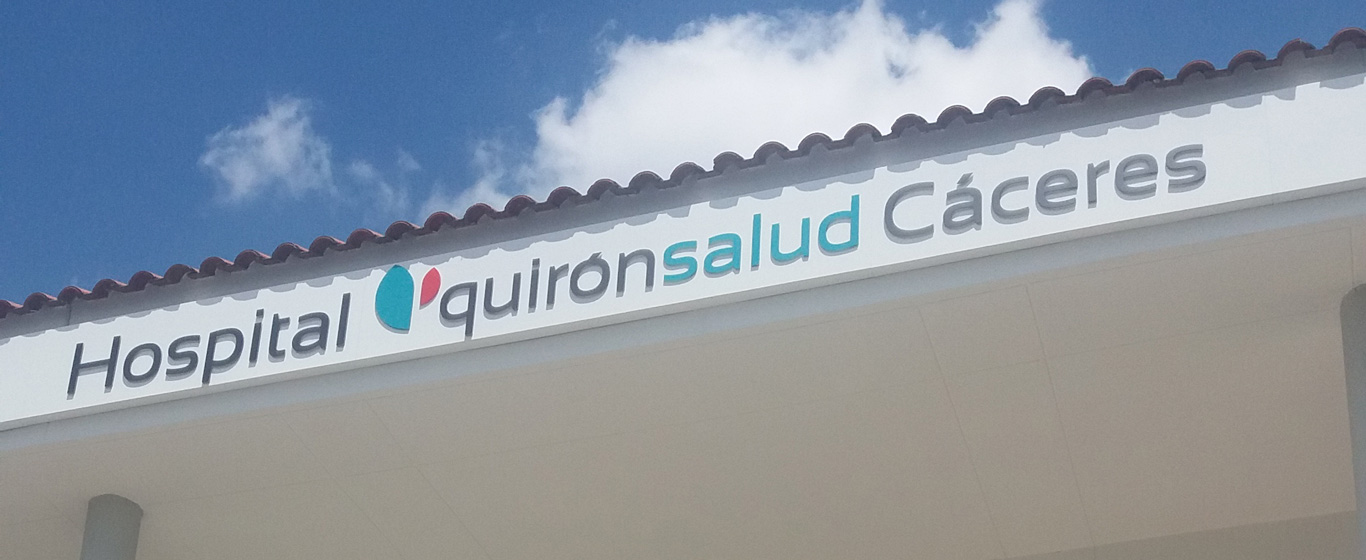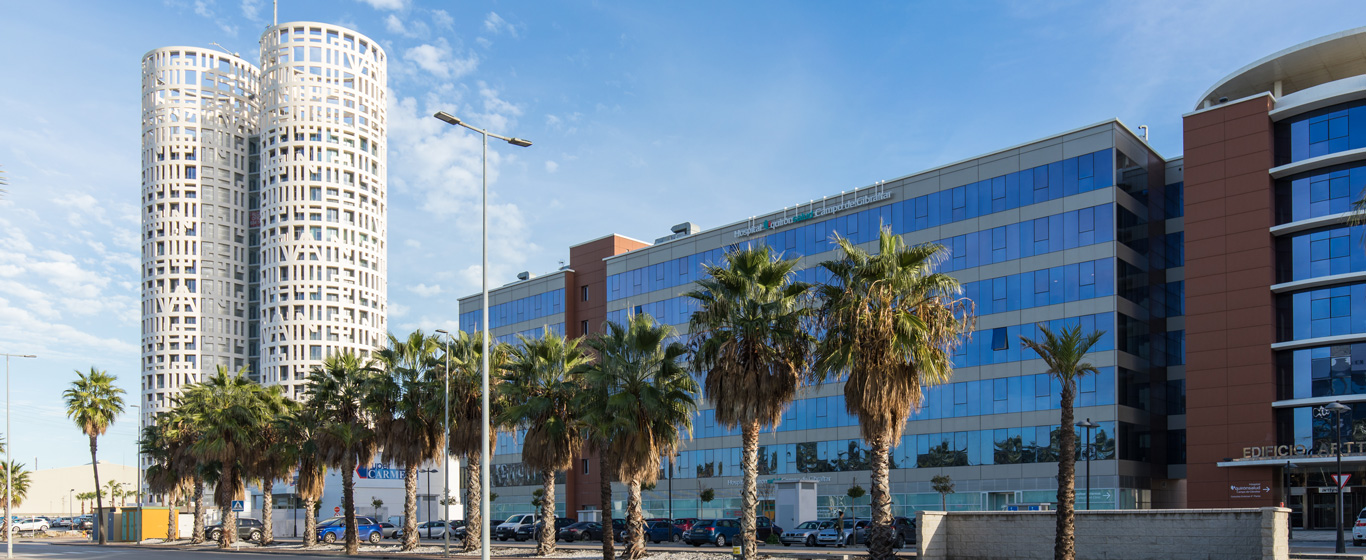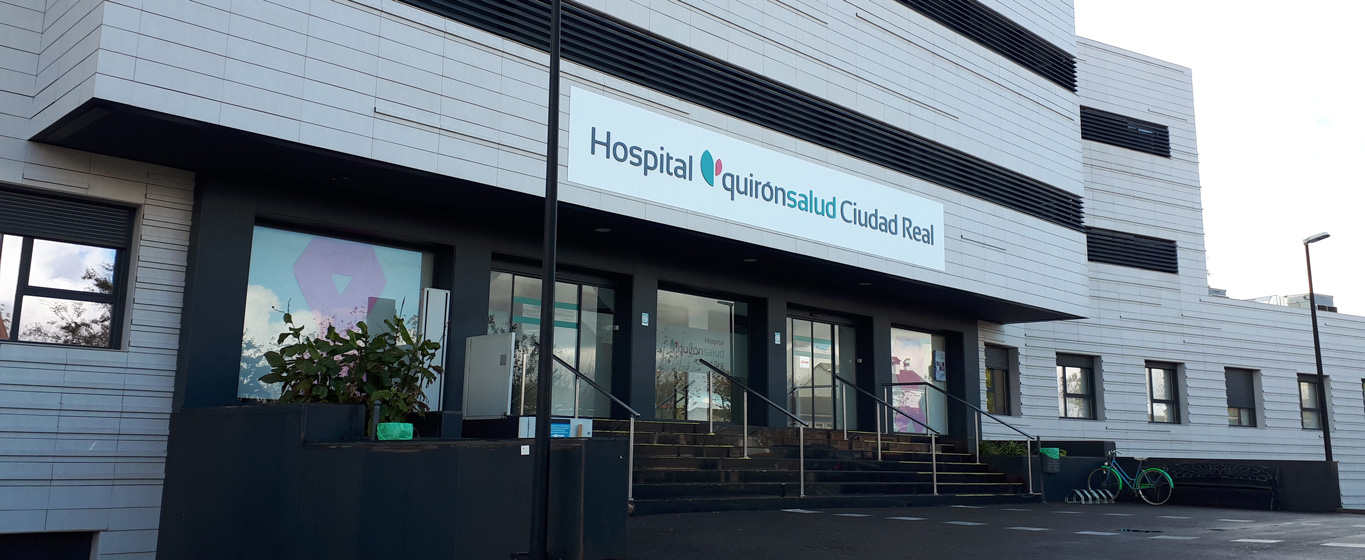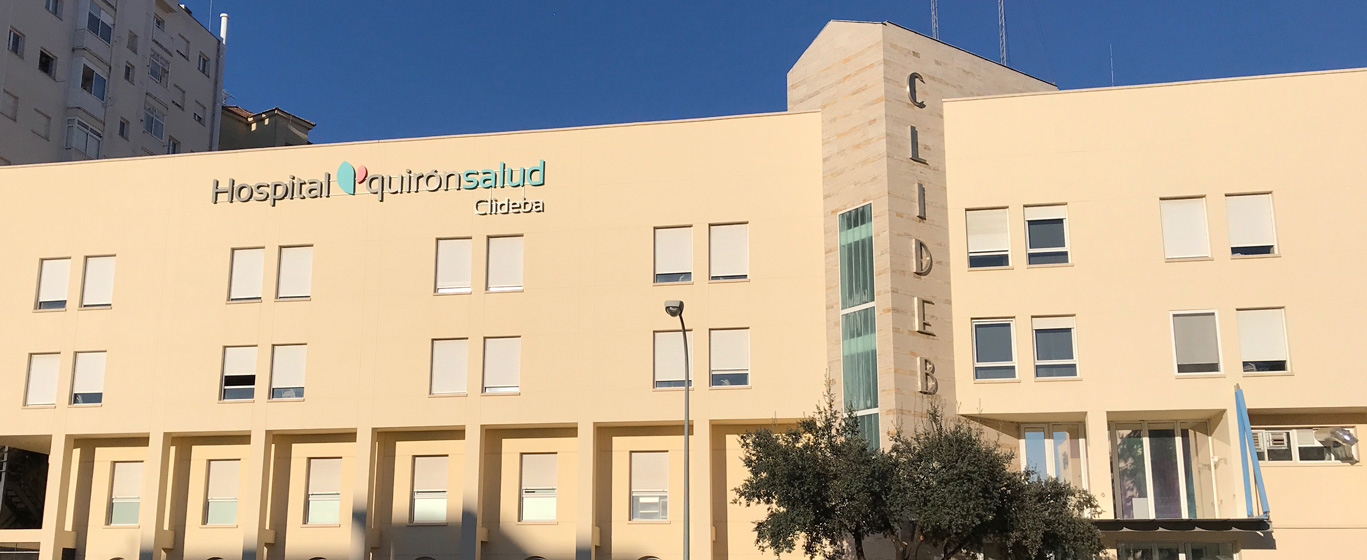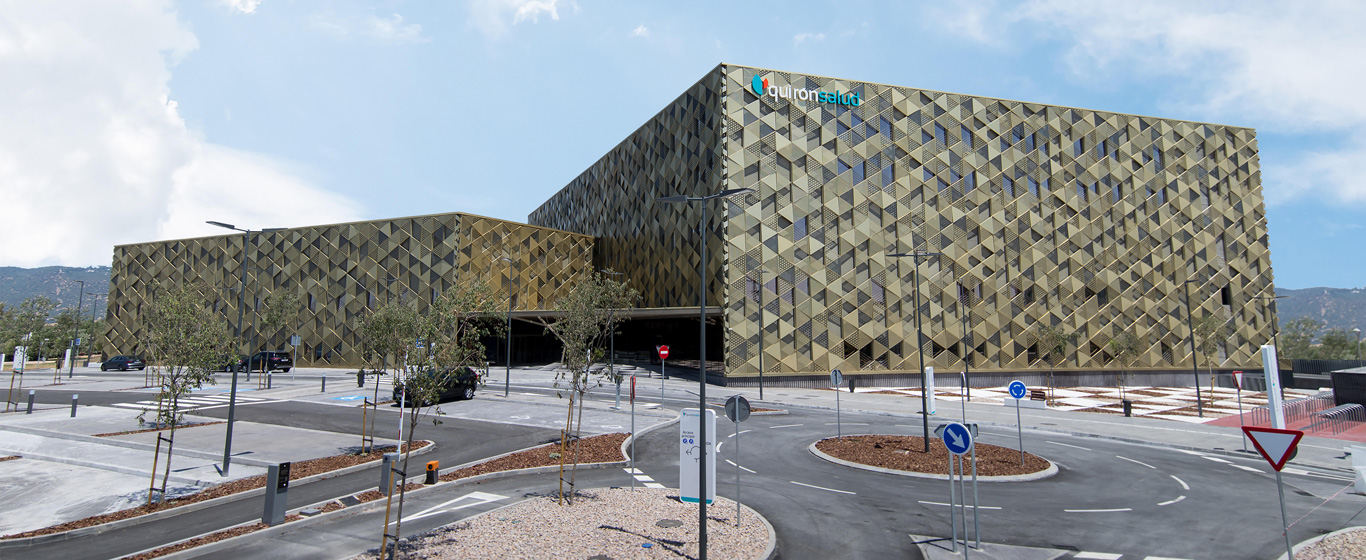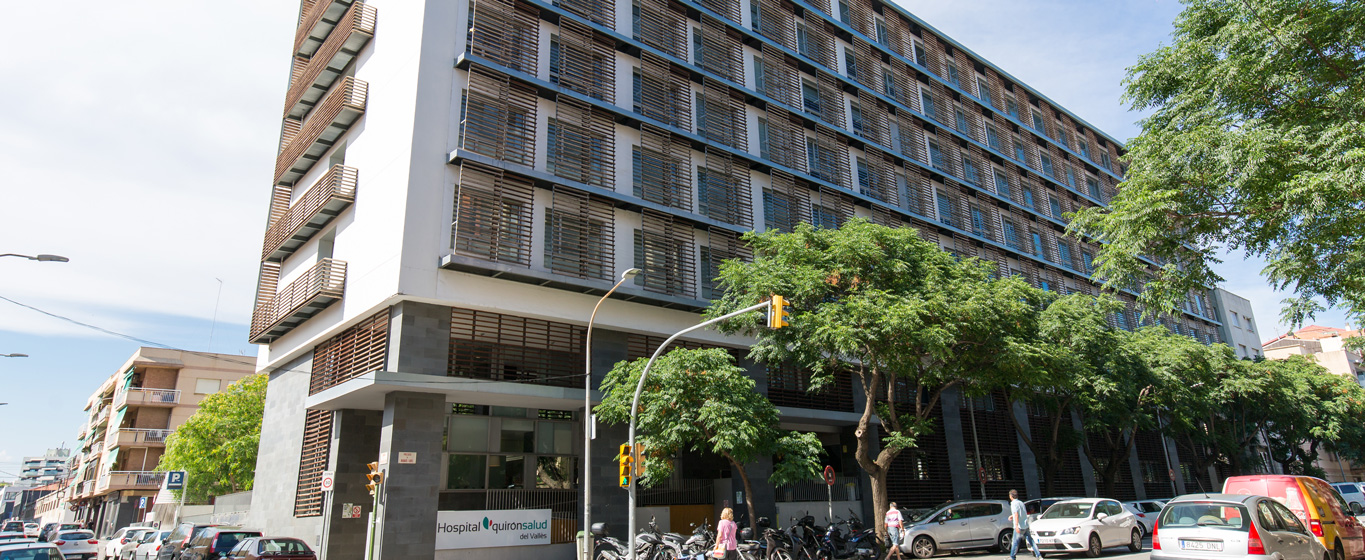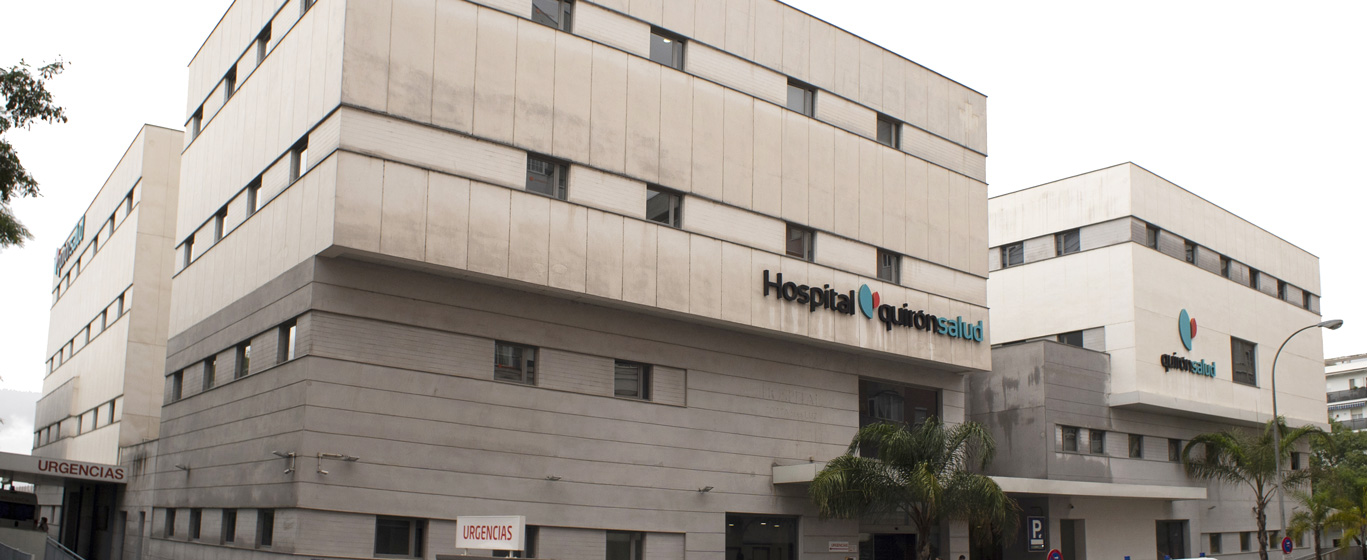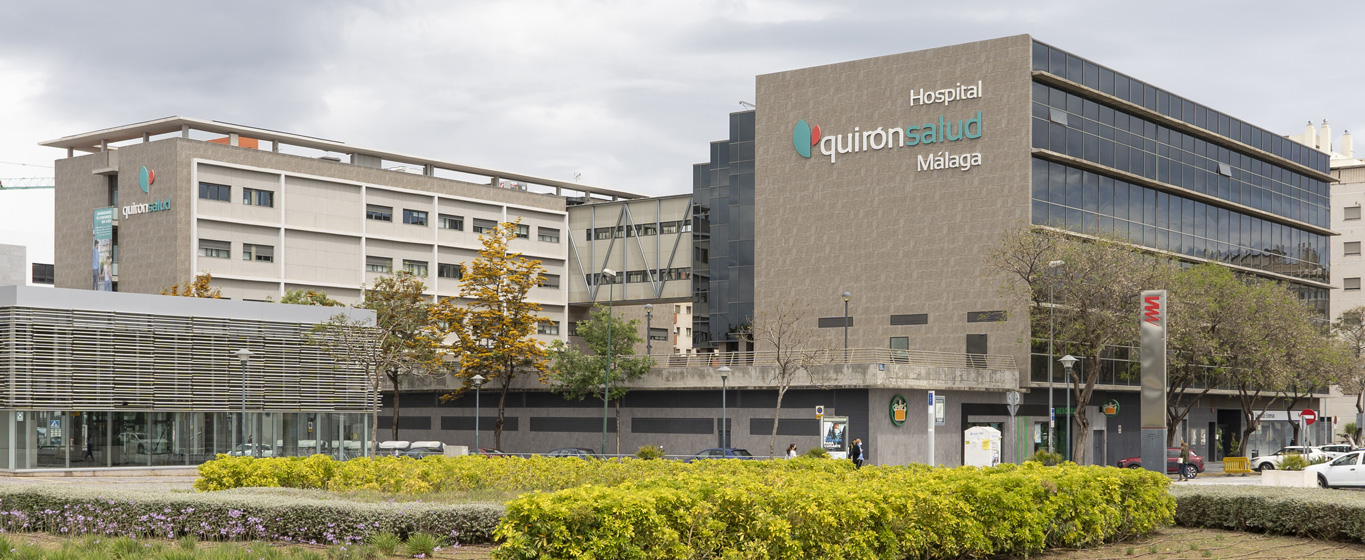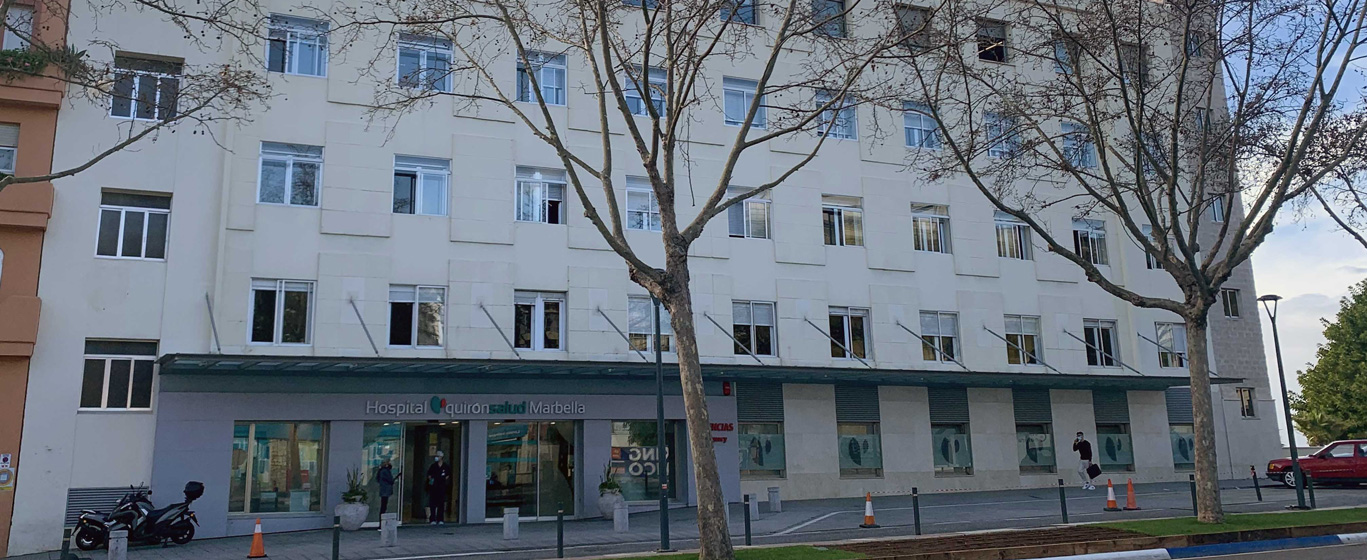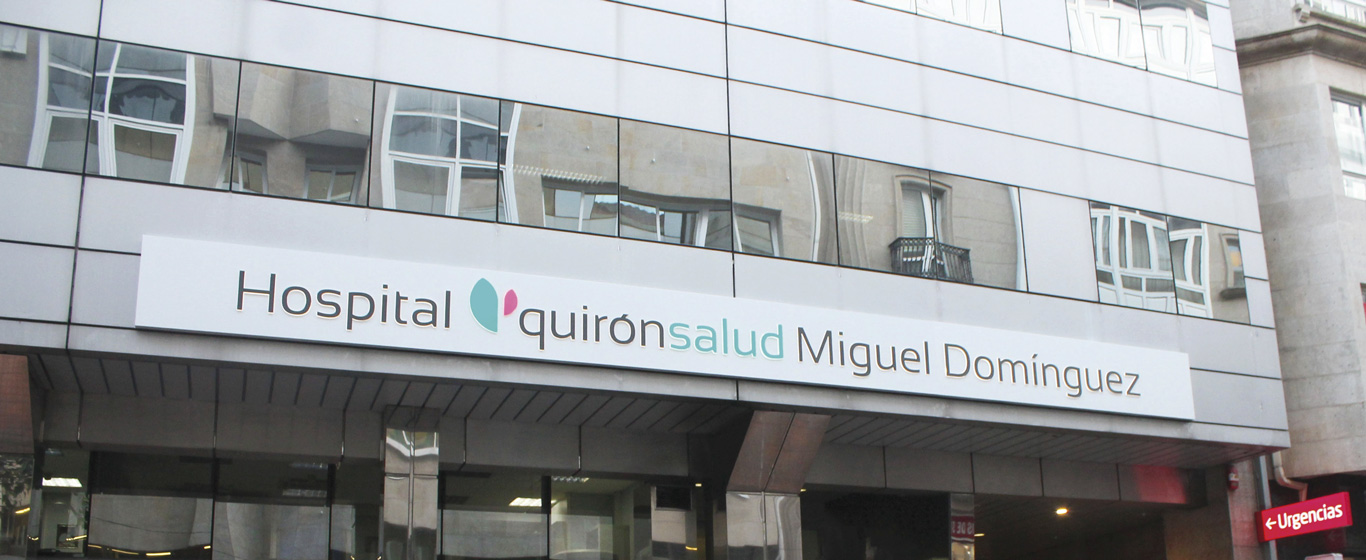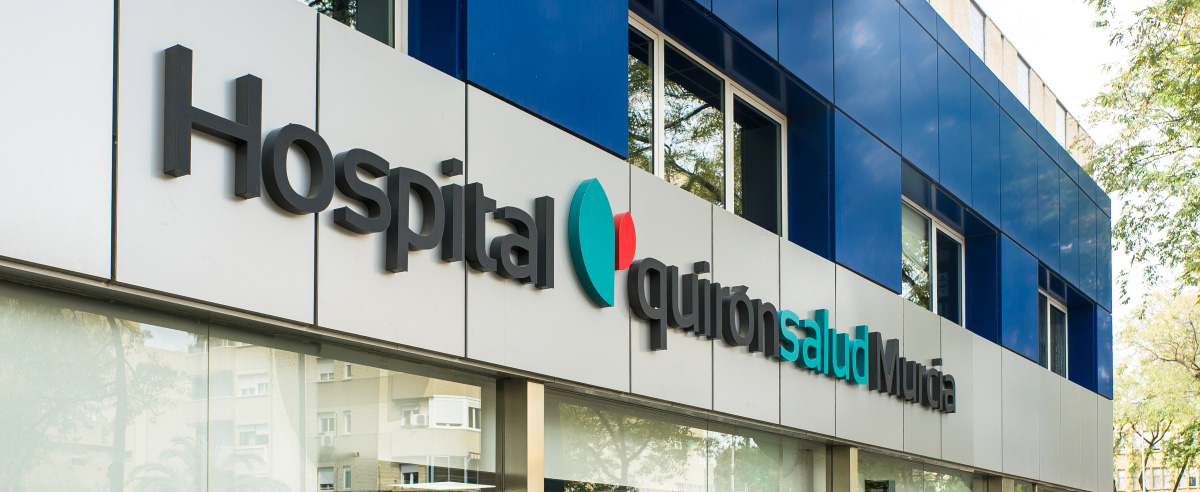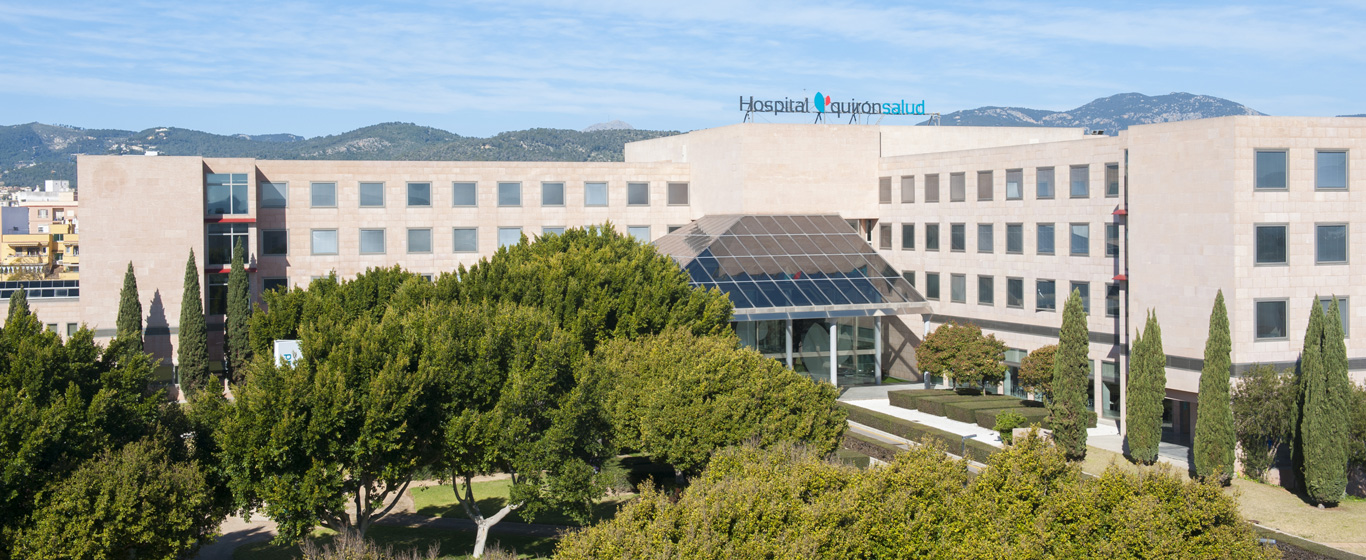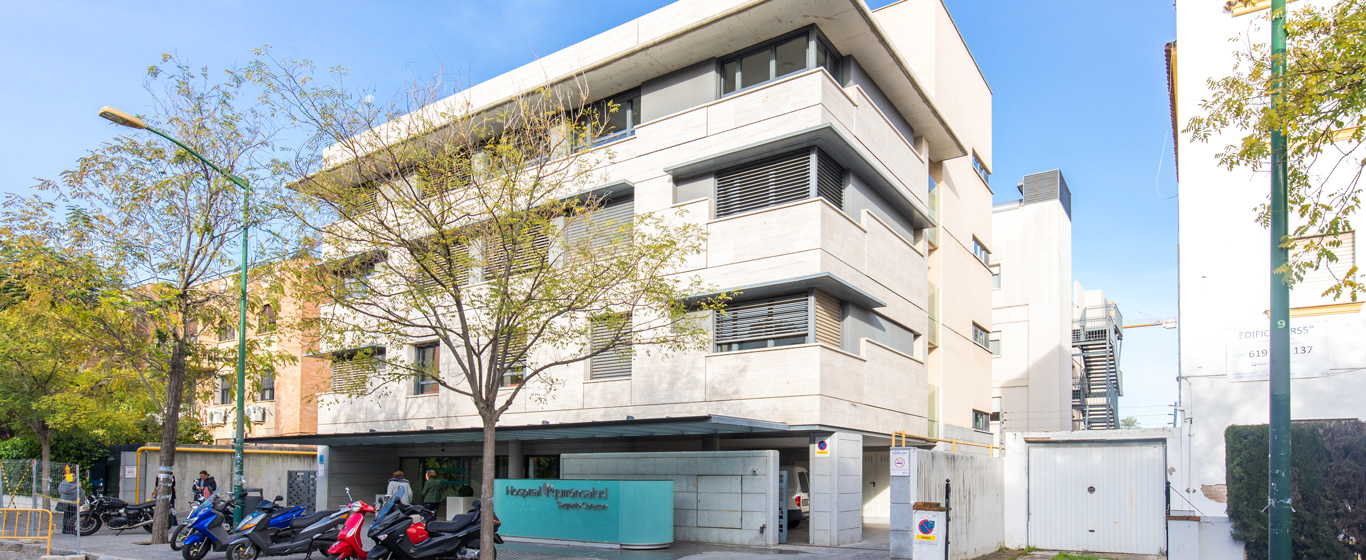Anaesthesiology and resuscitation
We tell you everything you need to know about anaesthesiology and resuscitation: what it is, who it’s aimed at, its field of study and the main techniques it uses. Find your specialist in one of our hospitals.
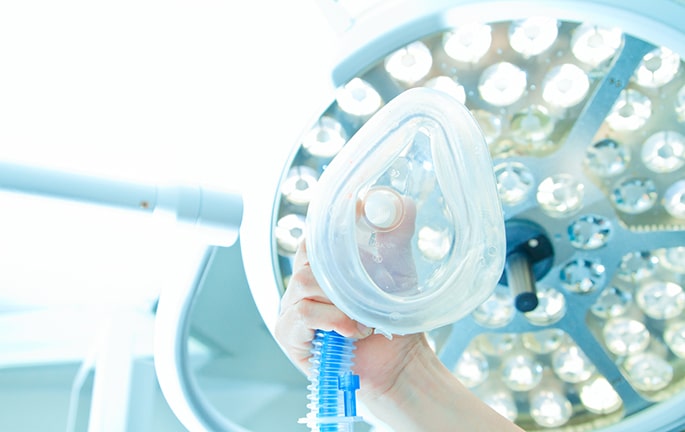
What is anaesthesiology and resuscitation?
The speciality of anaesthesiology and resuscitation provides comprehensive care for people before, during and after surgery. It also helps improve quality of life and alleviate pain caused by non-surgical pathologies or diseases in very advanced stages.
The work of anaesthetists allows other specialists such as surgeons, midwives or oncologists to carry out their treatments safely for the patient.
What do anaesthesiology and resuscitation study?
Anaesthesiology and resuscitation focus on studying the development of techniques that mitigate or avoid pain while maintaining vital functions and ensuring patient safety. This speciality is mainly developed in five areas:
- Preoperative: assessment of the state of health of patients who are about to undergo surgery, or a procedure that requires some type of anaesthesia in order to prevent possible risks. The pre-anaesthetic assessment may include a blood test, an electrocardiogram or other tests.
- Surgery: anaesthesiologists choose one type of anaesthesia over another, depending on the physical condition of the patient and the operation to be performed. Once the procedure has begun, they monitor the patient’s vital signs throughout the process and apply different treatments.
- Resuscitation: period during which critical surgical patients are constantly monitored and cared for until they can continue their recovery on a hospital ward. This is an ICU for surgical patients.
- Resuscitation: period of constant monitoring of patients who are likely to continue their recovery in a few hours on a conventional hospital ward or at home.
- Acute or chronic pain management: special treatments are carried out in the Pain Unit to improve the quality of life of patients.
Which patients is it for?
Anaesthesiology and resuscitation treats people of any age who have to undergo an operation or any invasive and uncomfortable procedure (such as a digestive endoscopy). This speciality also cares for patients in the pre- and post-anaesthetic periods. Finally, it seeks to help patients suffering from acute or chronic pain.
Techniques, procedures and diagnostic methods
Depending on their purpose, anaesthesiologists or anaesthetists use different methods to treat their patients. The most common techniques include:
- General anaesthesia: use of a combination of drugs to induce a coma-like state, so that patients do not feel pain and are not conscious in an extremely serious situation or during a surgical intervention or procedure.
- Local anaesthesia: Use of drugs on a part of the body to prevent pain while medical procedures, such as stitches or dental fillings, are being carried out. In these cases, the patient may be conscious.
- Epidural anaesthesia: applied to the lower back, to the spinal nerves, to numb the lower part of the body. This type of anaesthesia is common in childbirth or hernia repair.
- Nerve block: anaesthetic drugs are injected directly into a nerve to reduce inflammation and prevent pain.
Diseases and symptoms
Main pathologies and diseases
Anaesthesiology and resuscitation specialists are key players in the following medical situations:
- Surgeries
- Invasive or uncomfortable diagnostic and/or therapeutic procedures.
- Labour pain
- Chronic pain
- Acute pain
- Postoperative pain
- Postoperative care, including postsurgical ICU
Related symptoms
The diseases for which a patient must undergo surgery and the pathologies that cause pain show many, very diverse symptoms that can result in the following:
- Preparation for surgery
- Sedation-regional anaesthesia-general anaesthesia for an operation
- Resuscitation after surgery
- Pain management
About the anaesthesiology and resuscitation consultation
We solve any doubts you may have before you see the specialist
It is unusual for a person to make an appointment for anaesthesiology and resuscitation without the recommendation of another specialist. Surgeons usually refer patients to this speciality as part of their preparation for the operation, and doctors from other areas, for pain management.
What should you keep in mind?
During the pre-anaesthesia consultation, the doctor takes a medical history and performs a physical examination, including airway examination, and then complements this information with the necessary complementary tests to ensure patient safety during the anaesthetic procedure. The most frequently requested tests are a blood test or an electrocardiogram, although in most patients neither is required.
What should I take to the appointment?
You are advised to come to the appointment with a list of allergies, if any, of previously diagnosed illnesses and their medical reports certifying this, and of the medicines taken so that the specialist can assess whether they should be interrupted before the operation. Diagnostic imaging tests and any previous medical reports are also helpful to the anaesthetists.
You may receive a questionnaire a few days before your appointment asking about your medical history, usual medication and other specific questions that will allow us to anticipate certain aspects of your consultation. This will help us expedite and personalise your care. To do this, we recommend that you download the free "Quirónsalud Patient Portal" application, which will facilitate communication with your healthcare team.

If you have any further questions, please contact us through the Patient Services telephone number: 900 301 013






